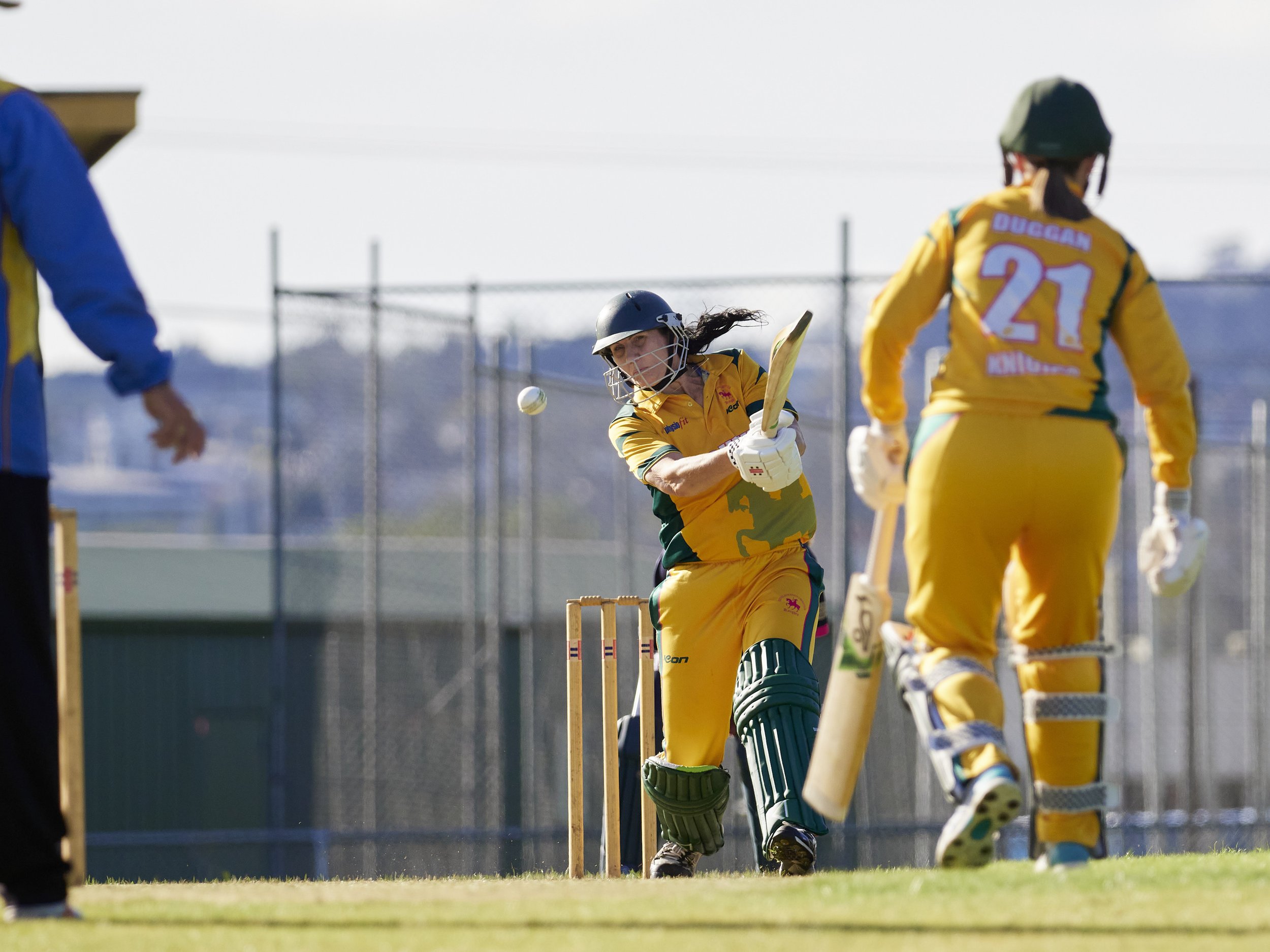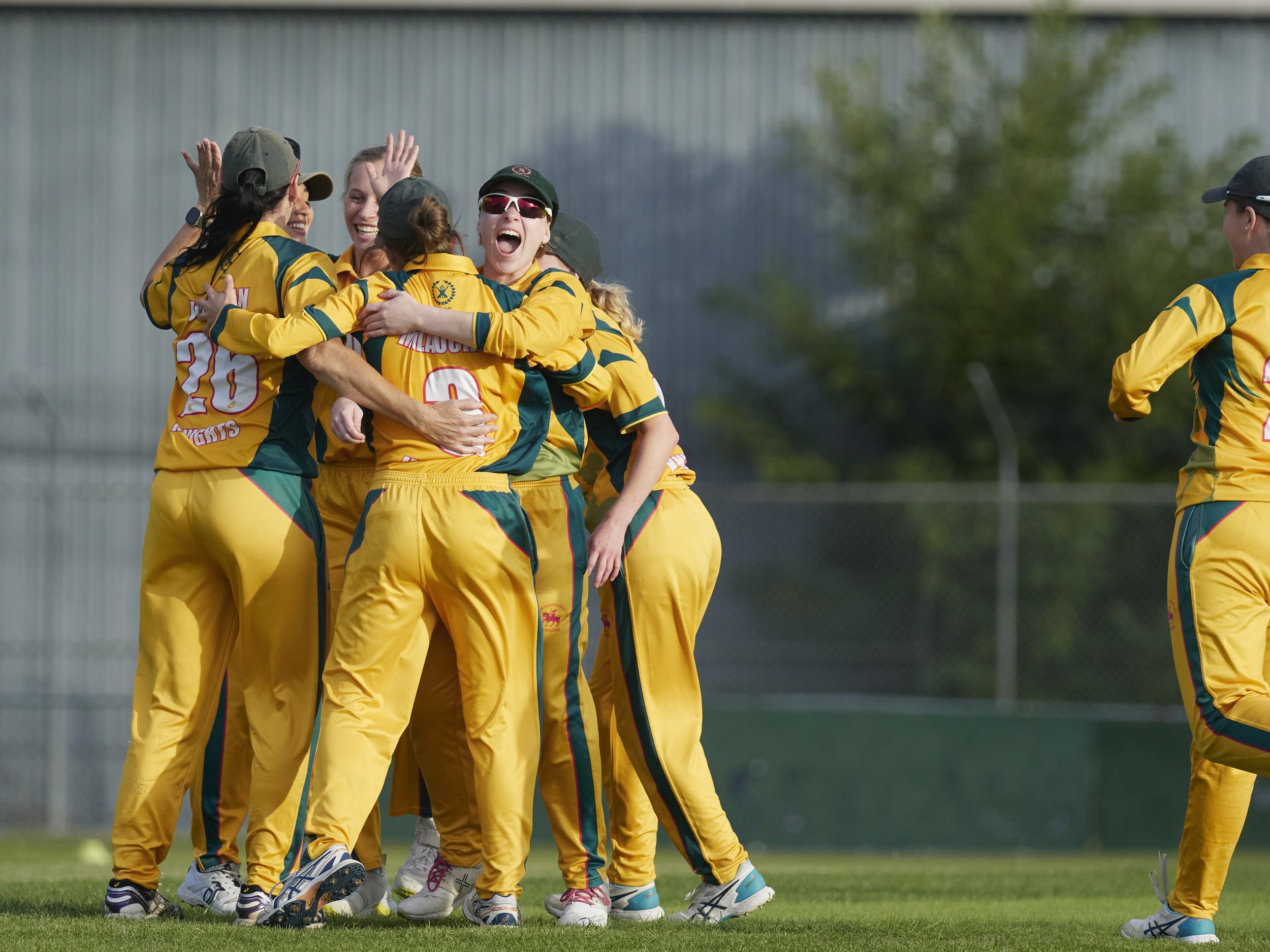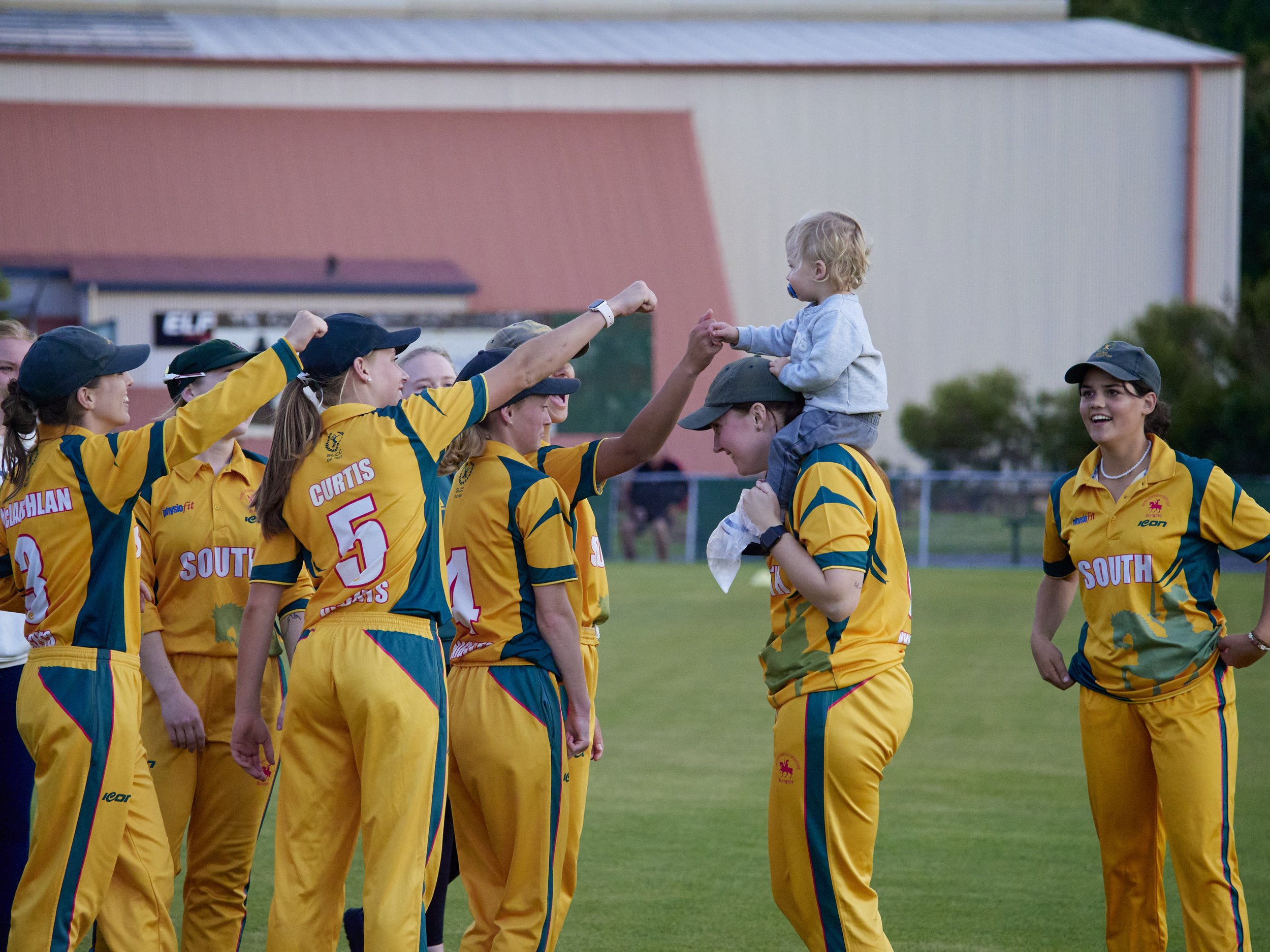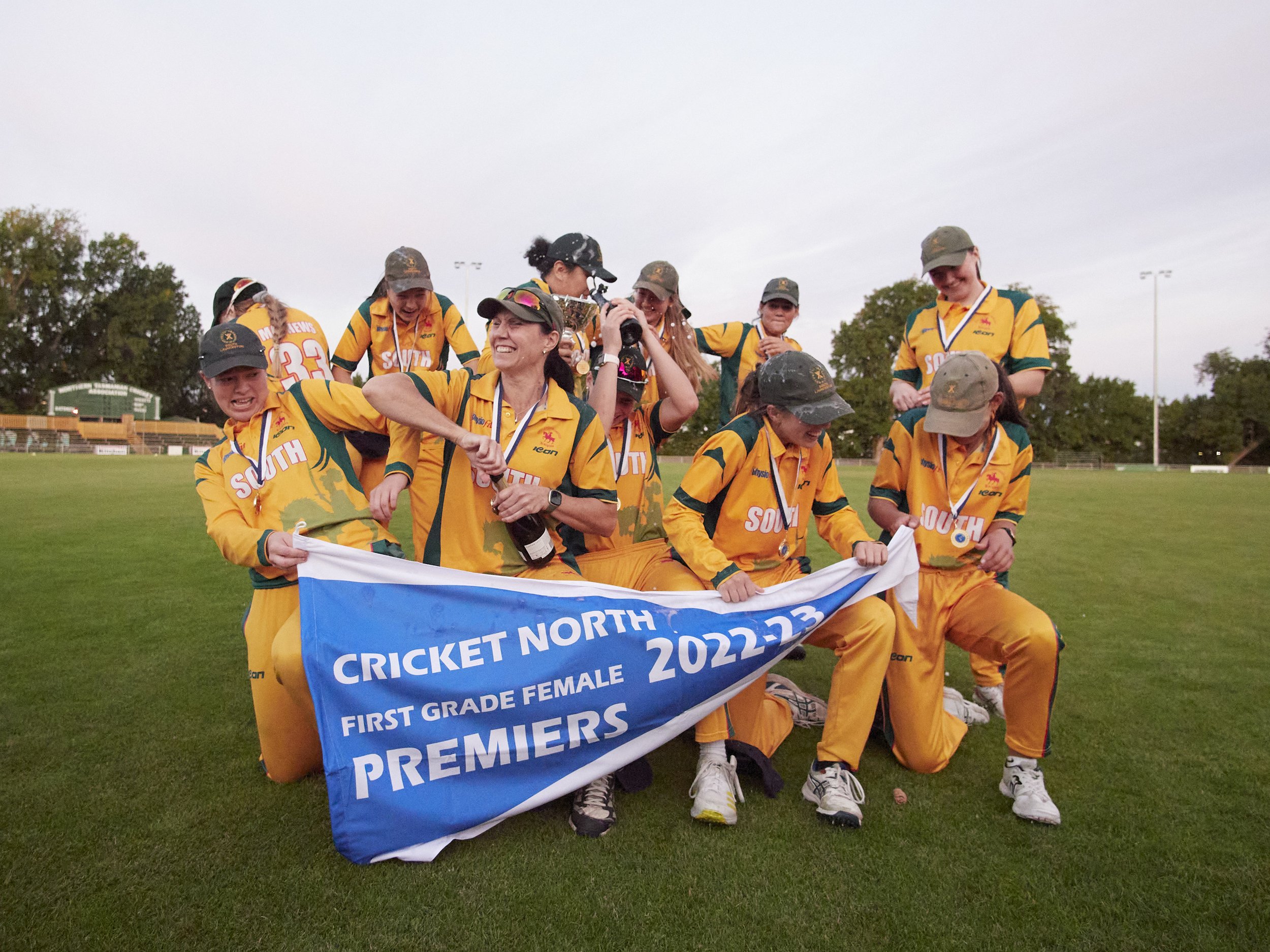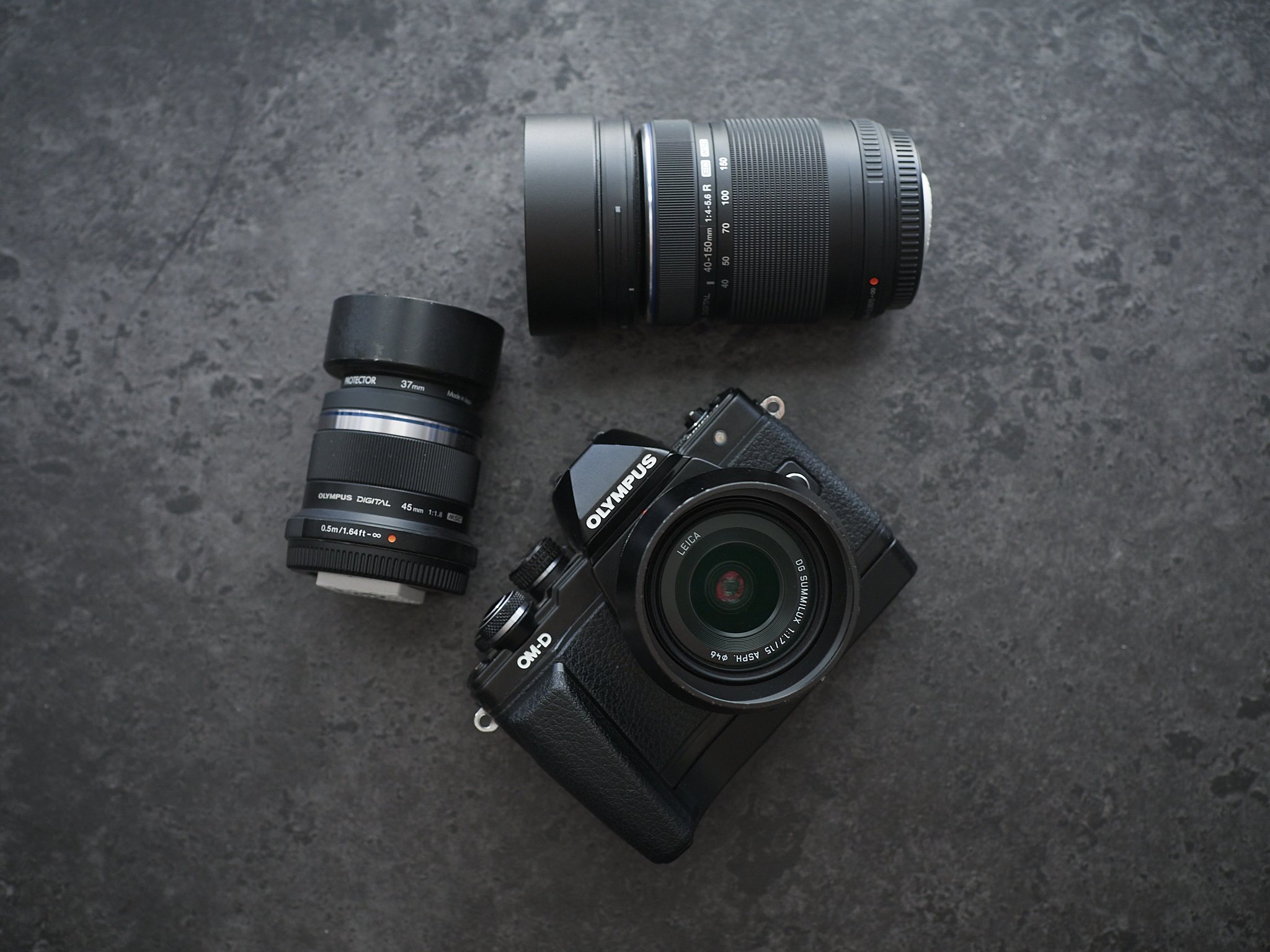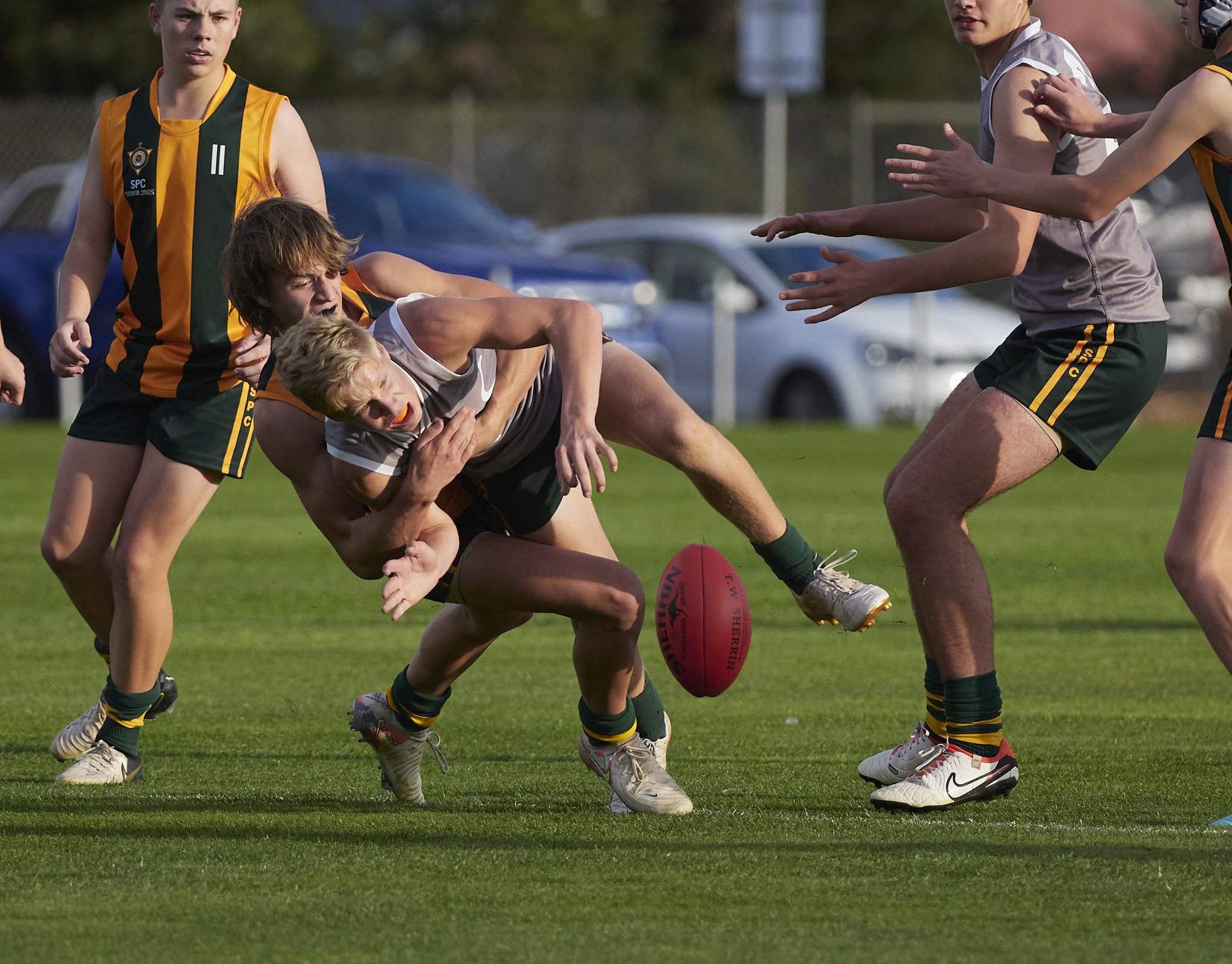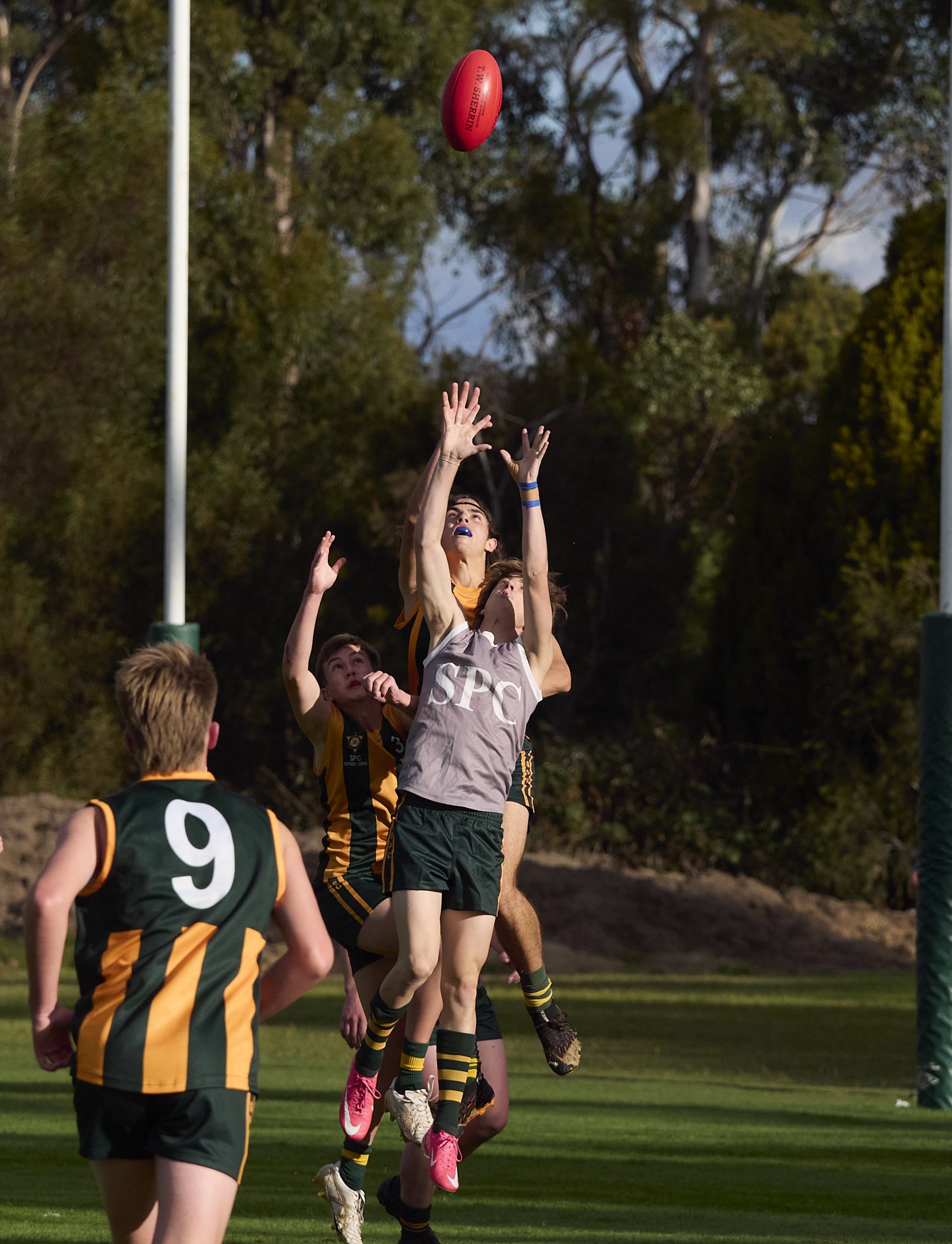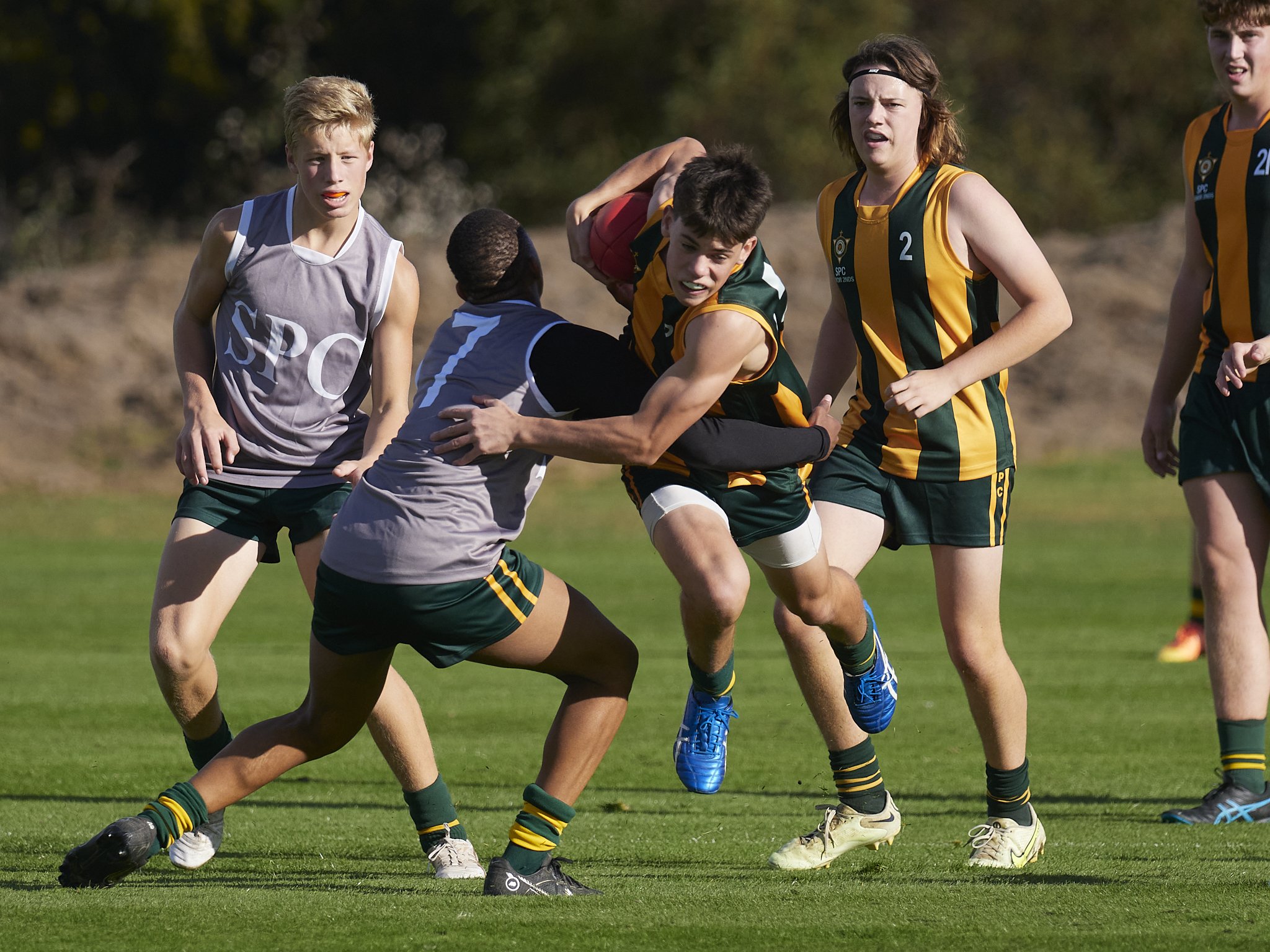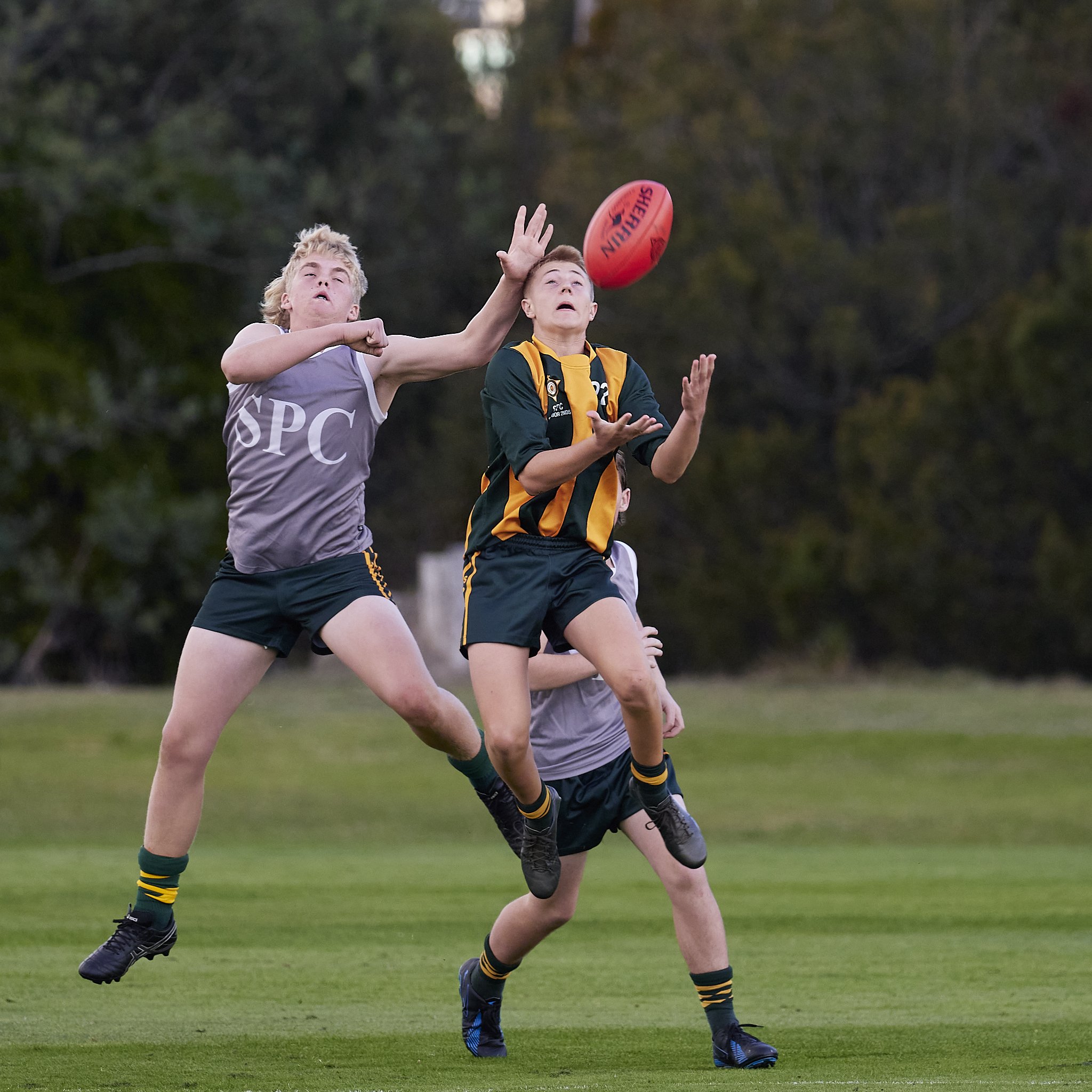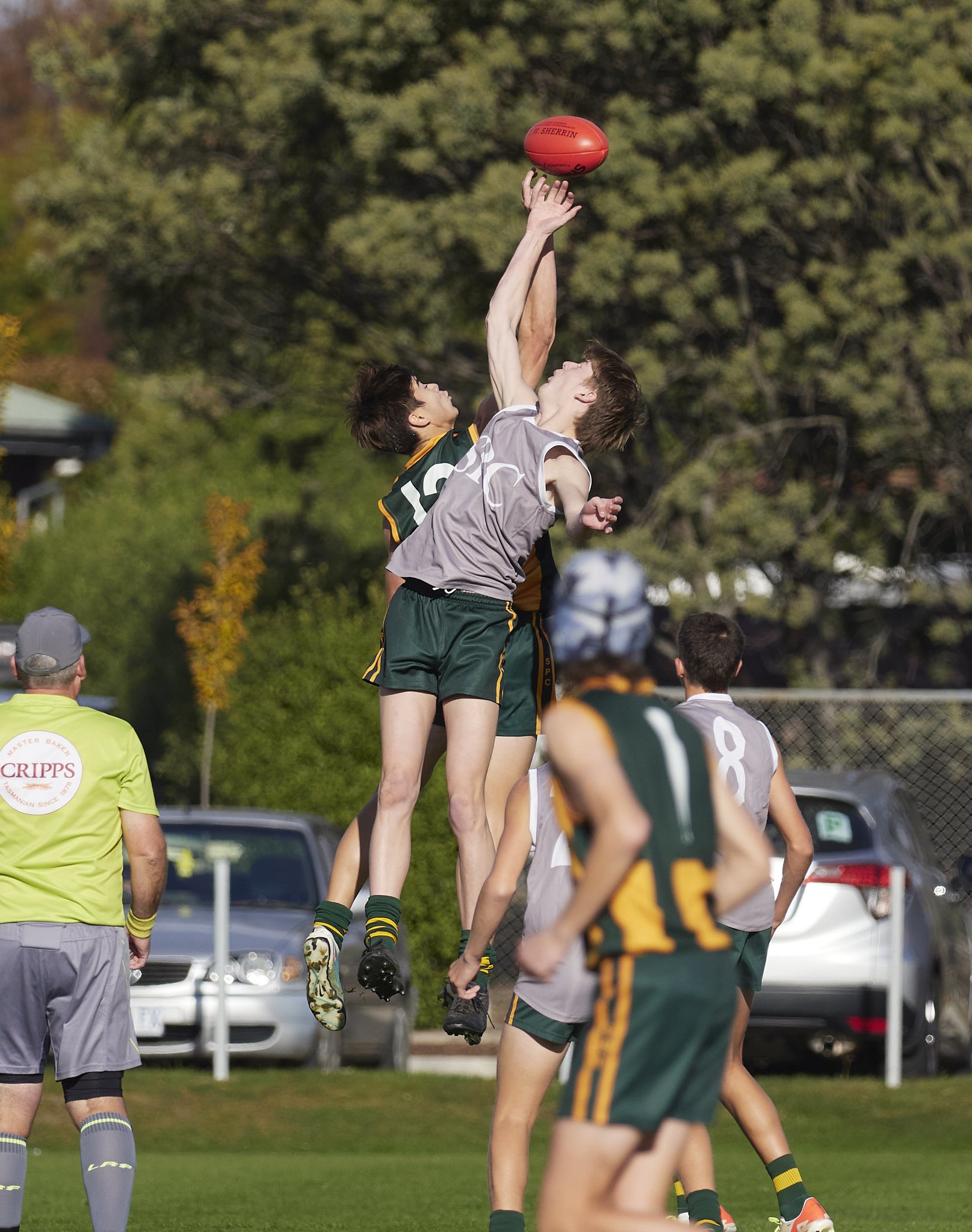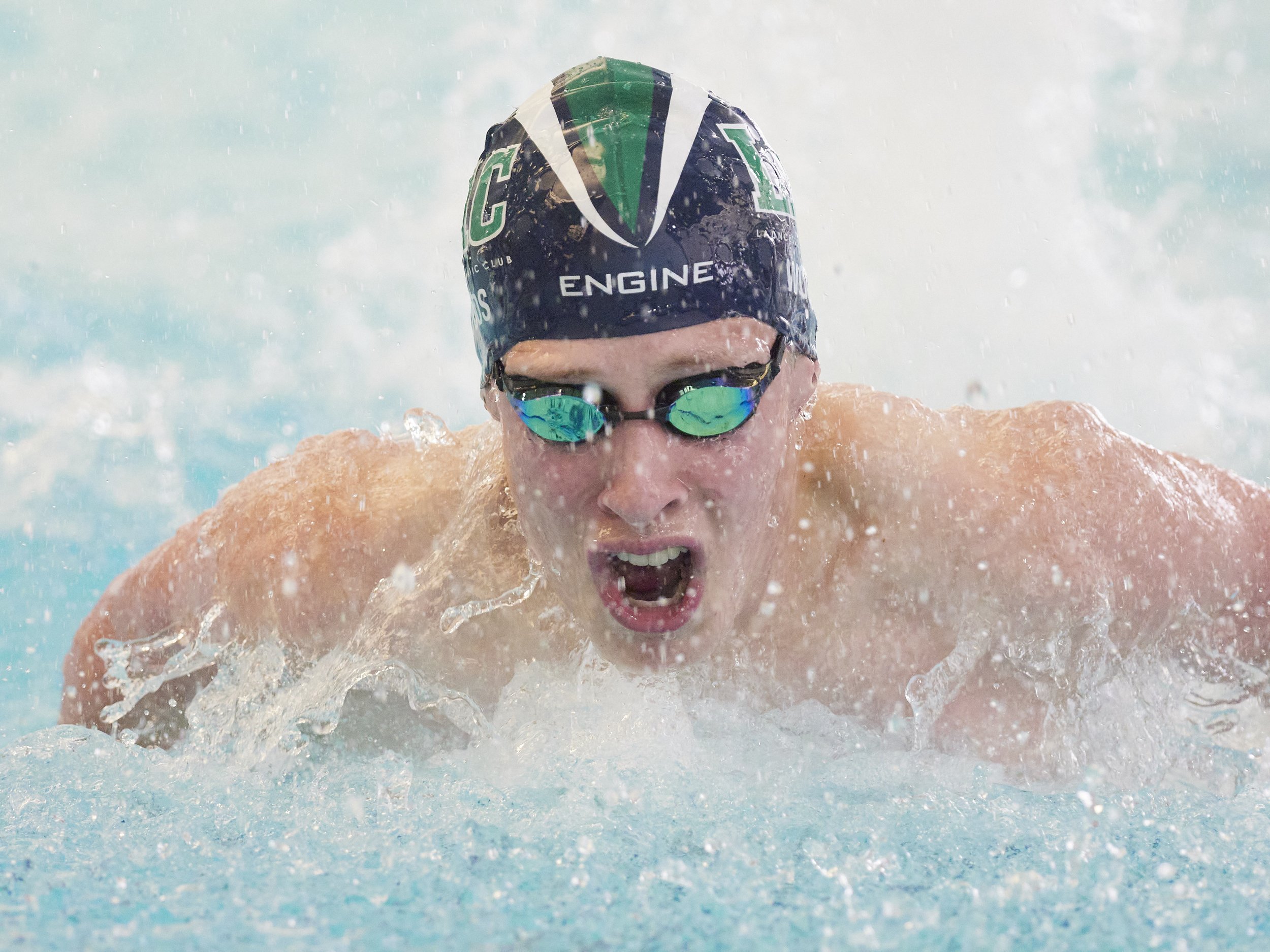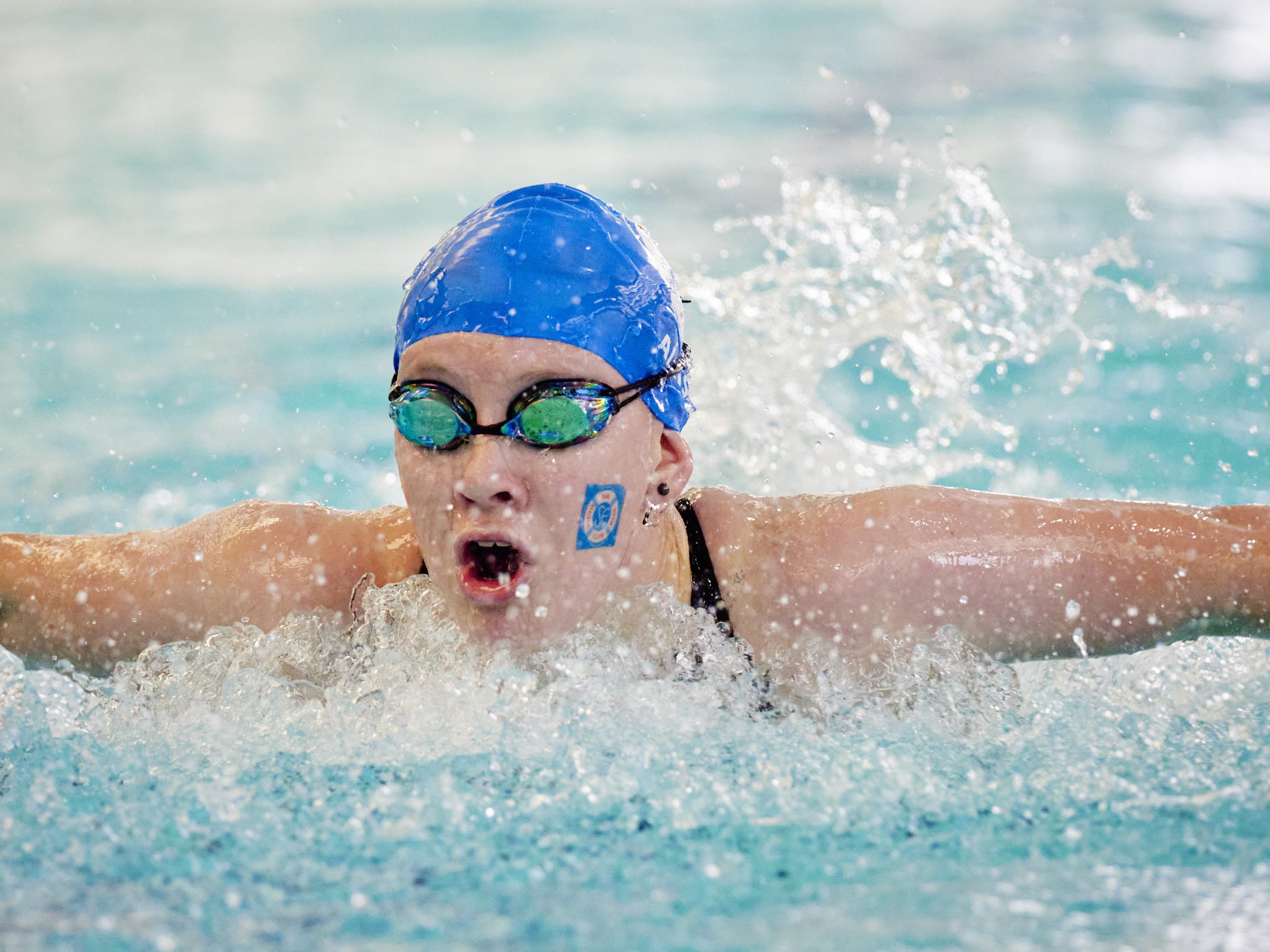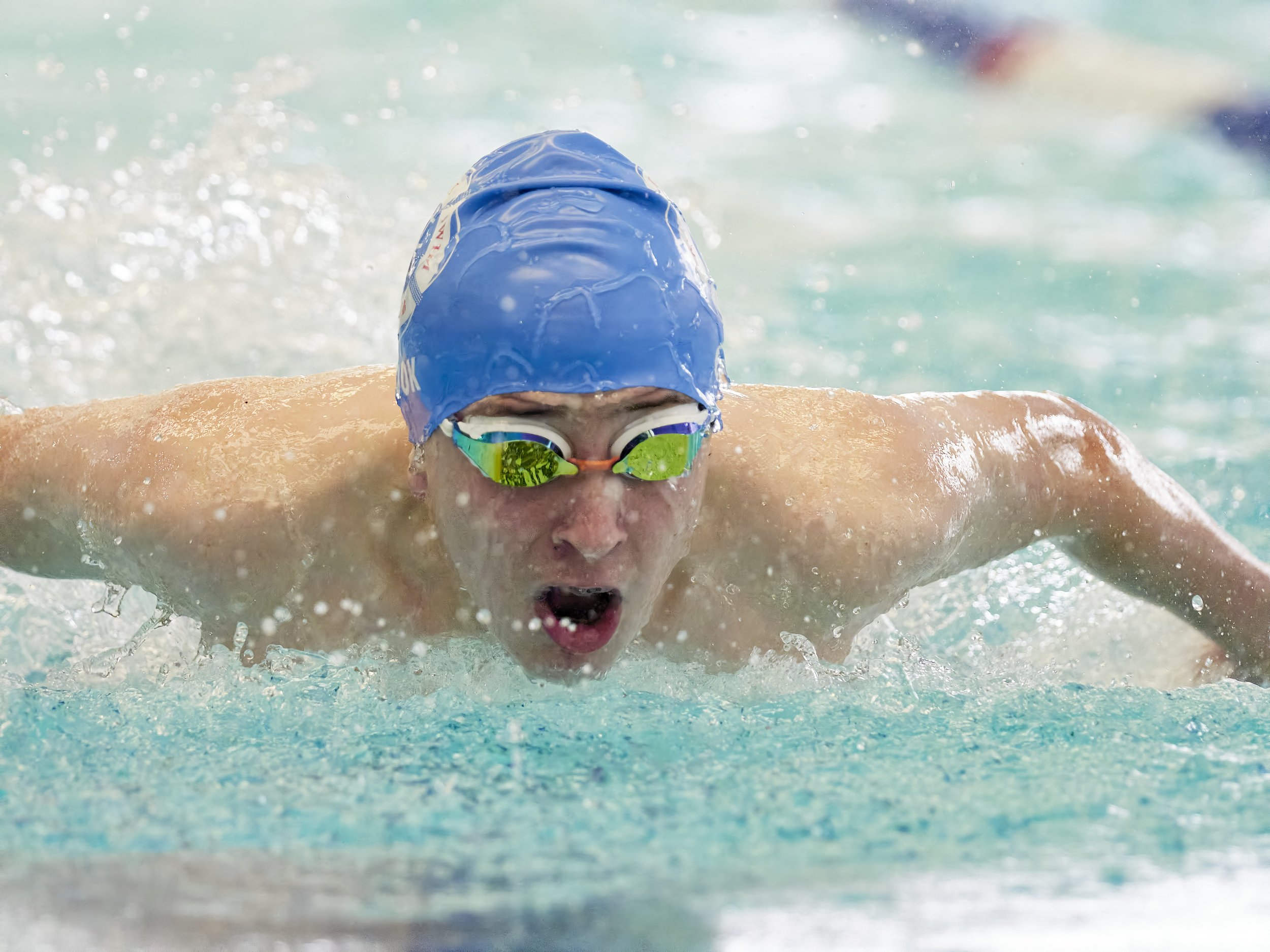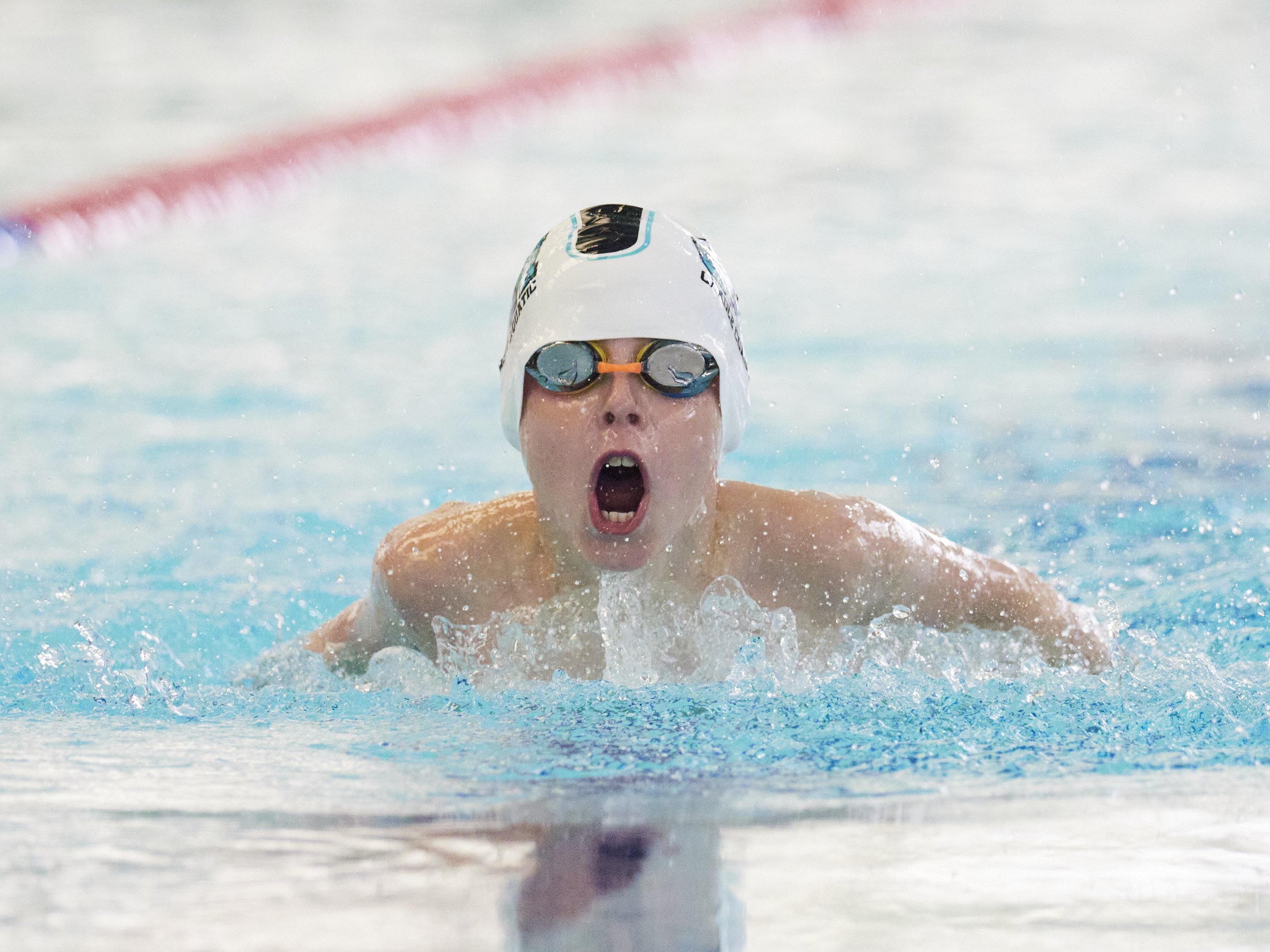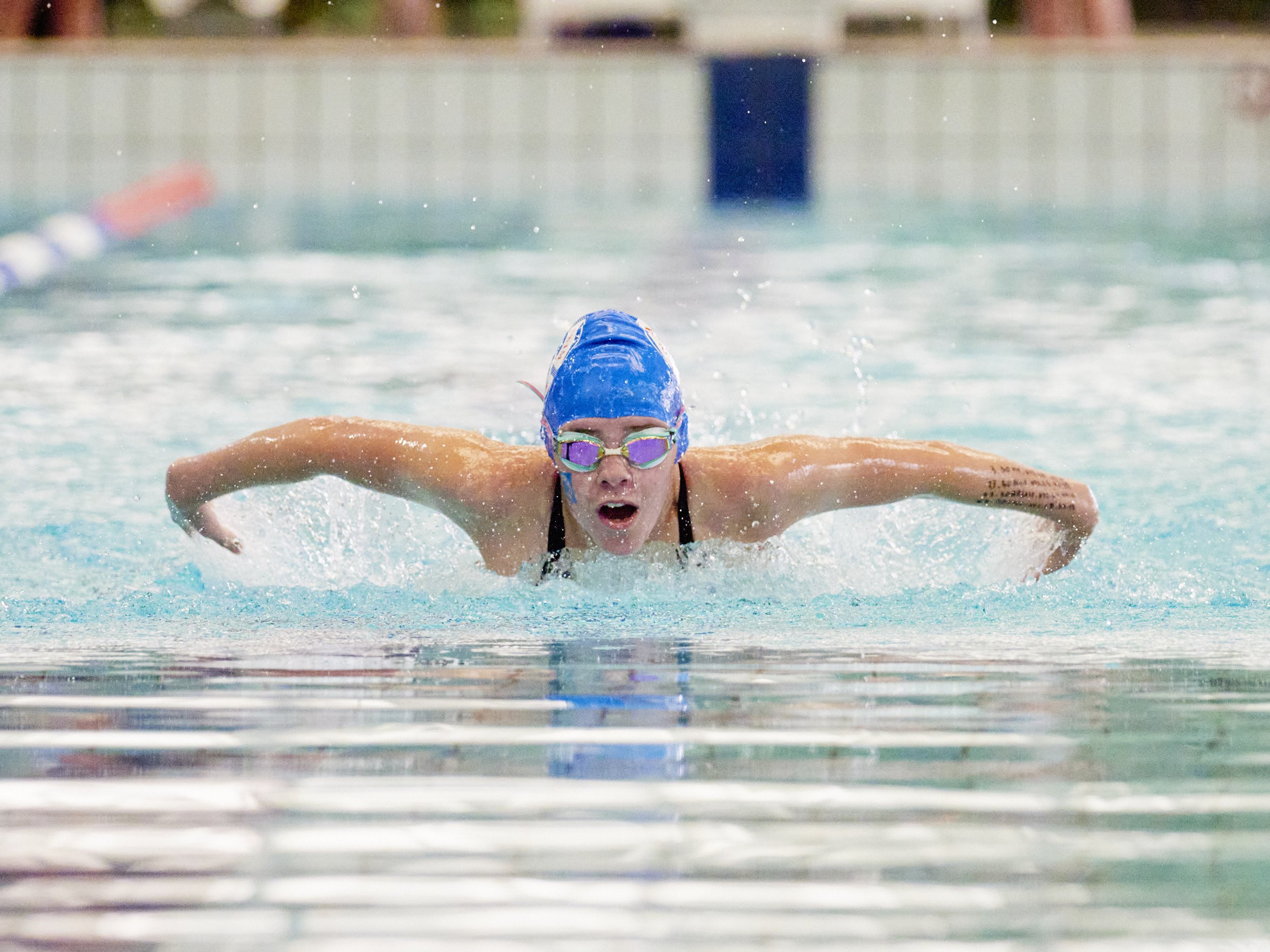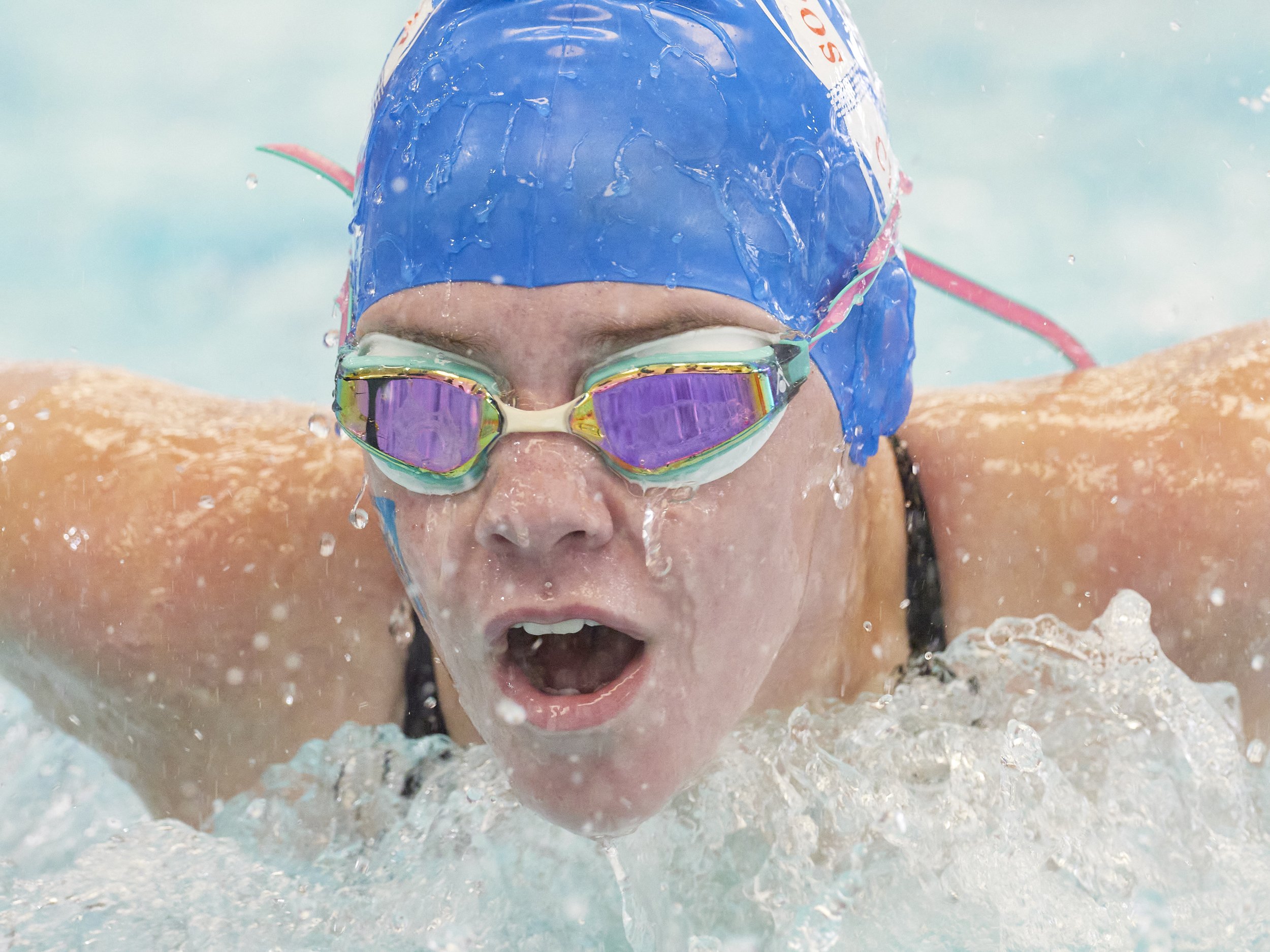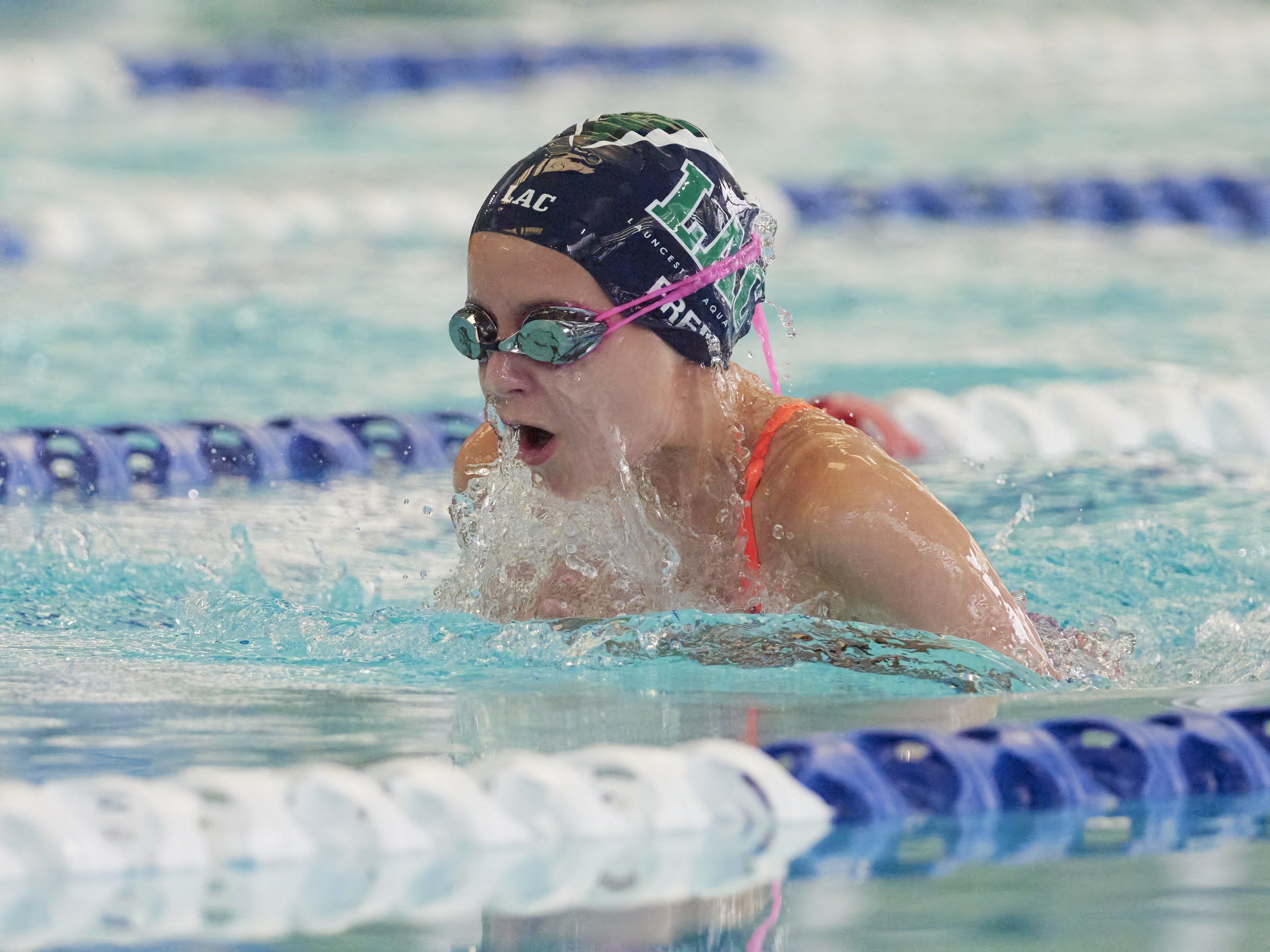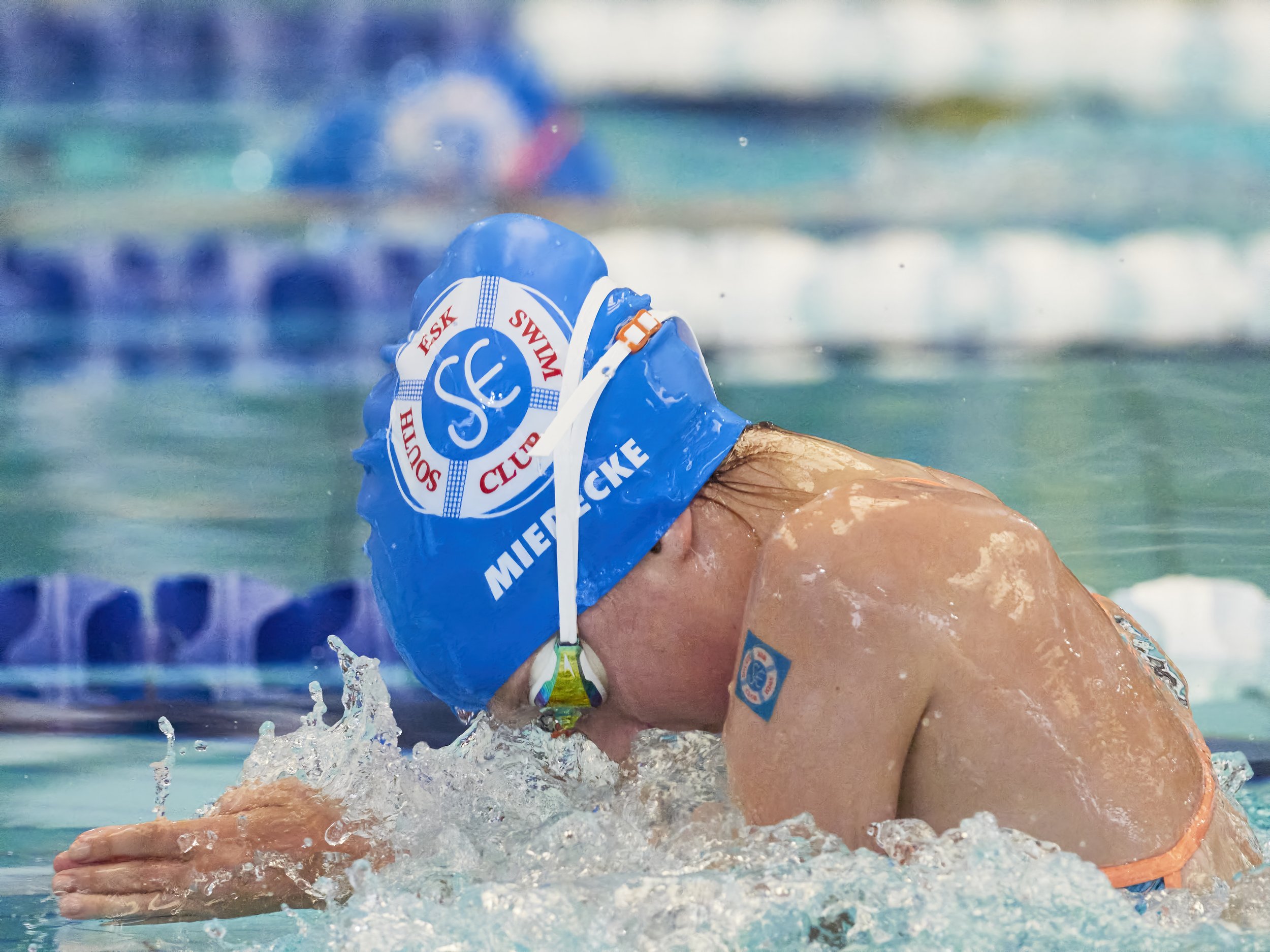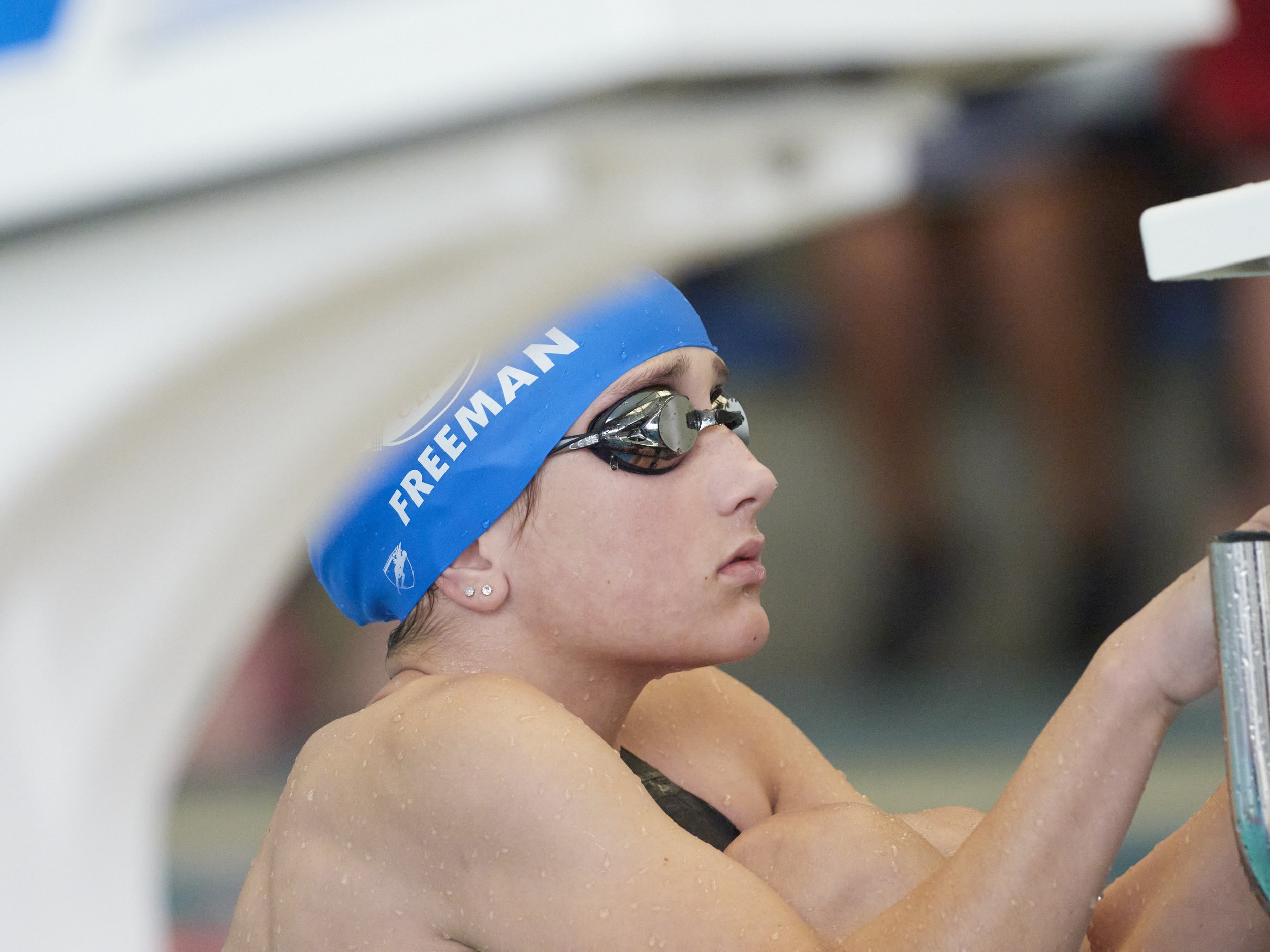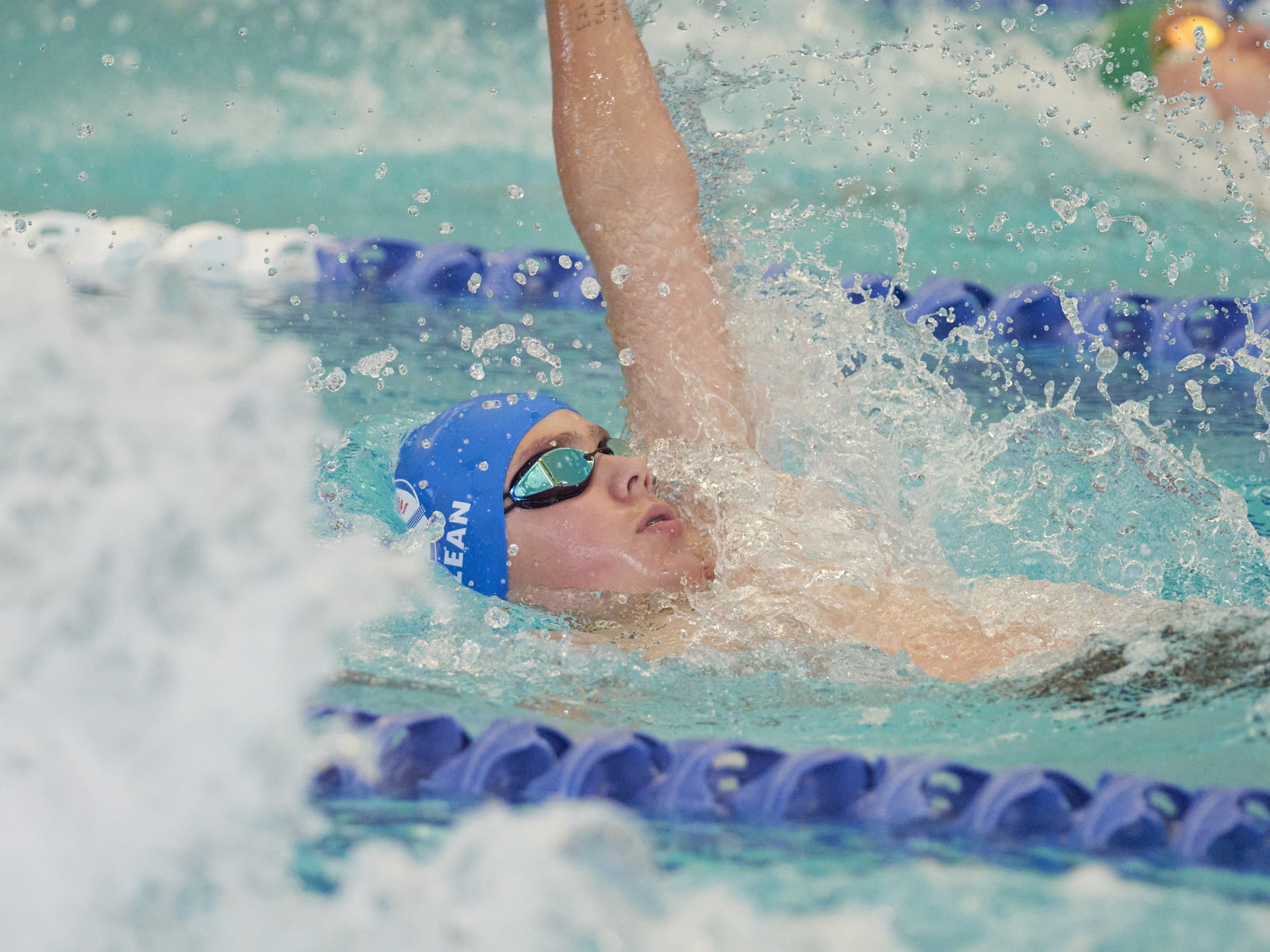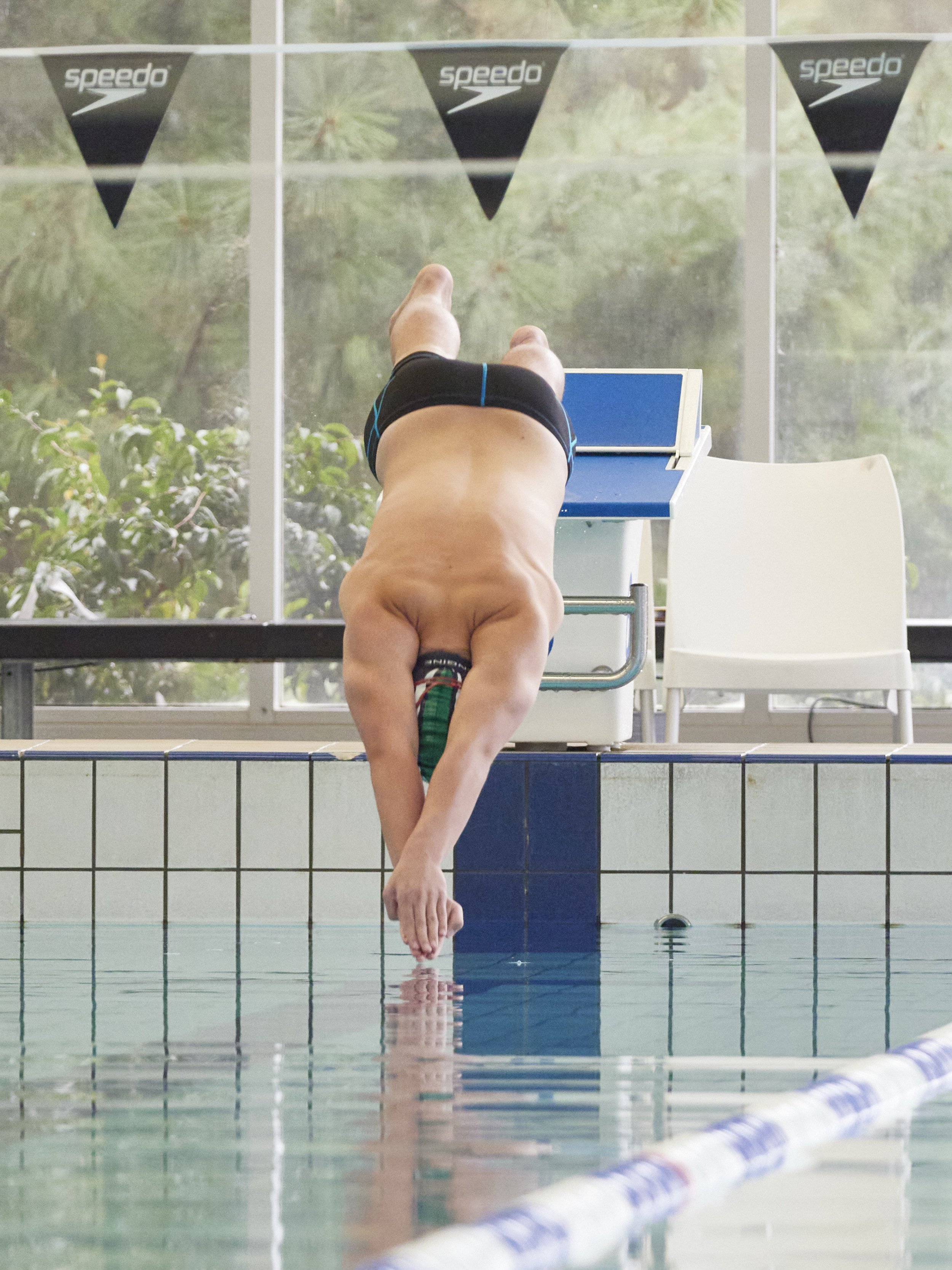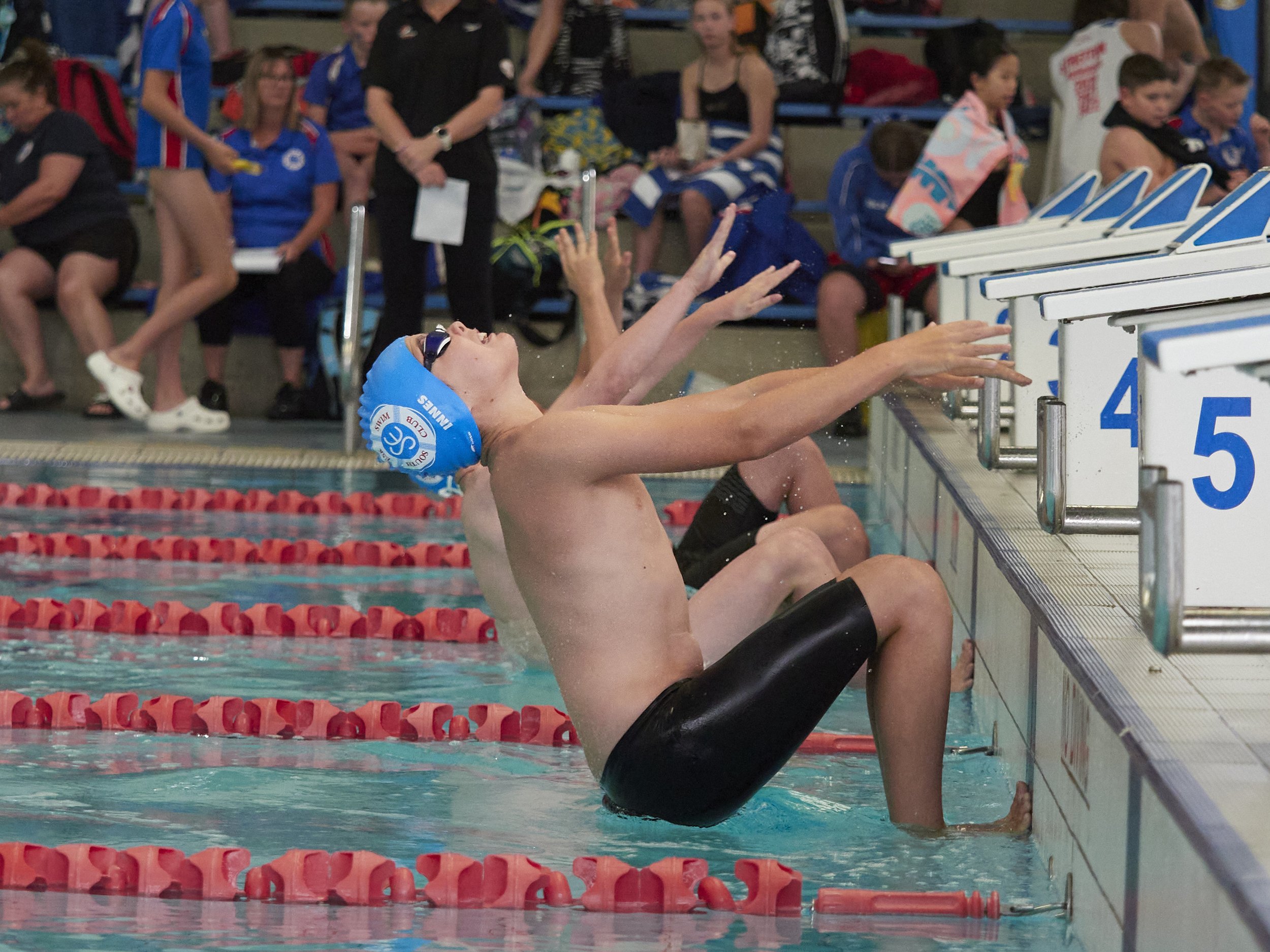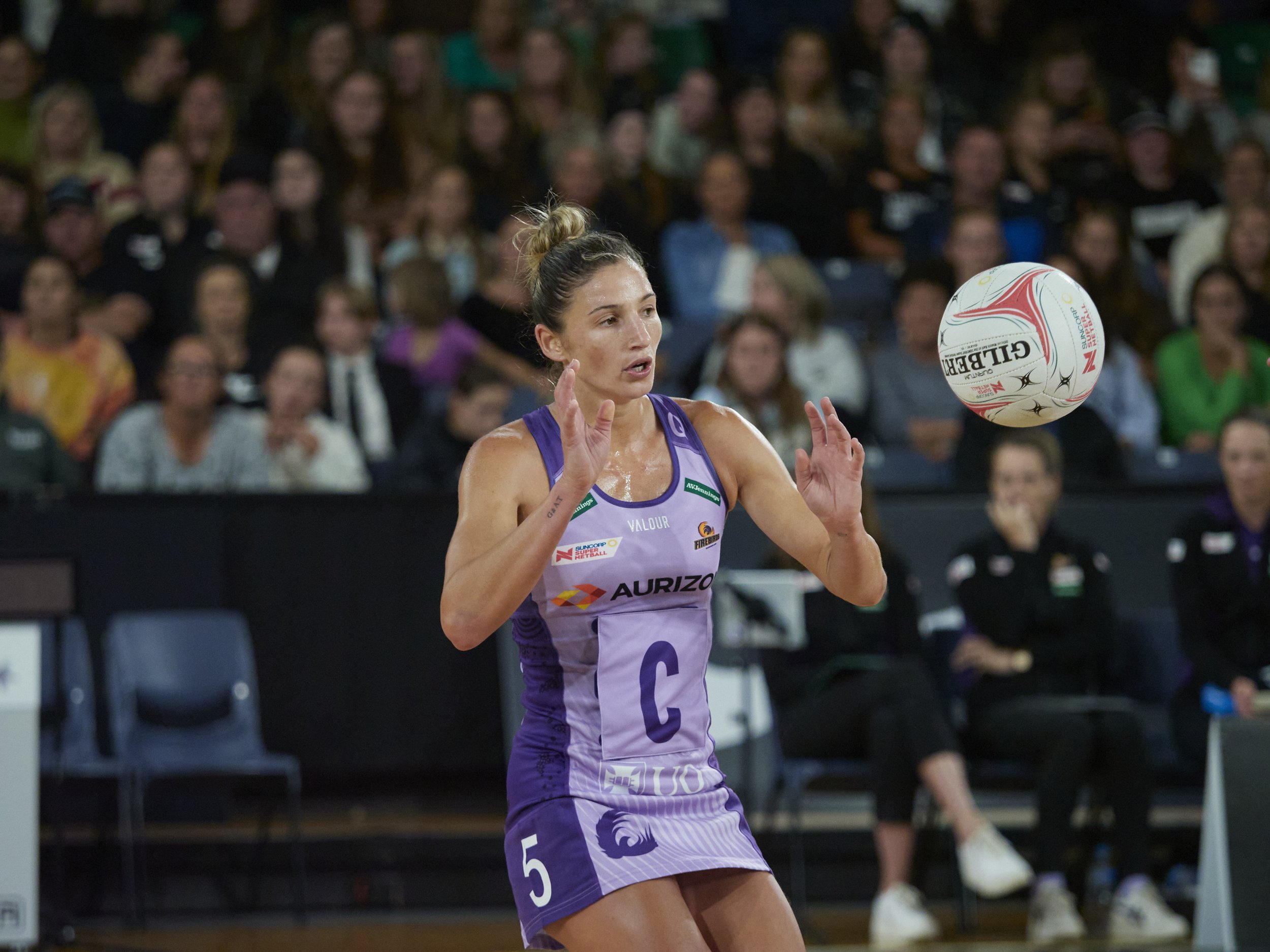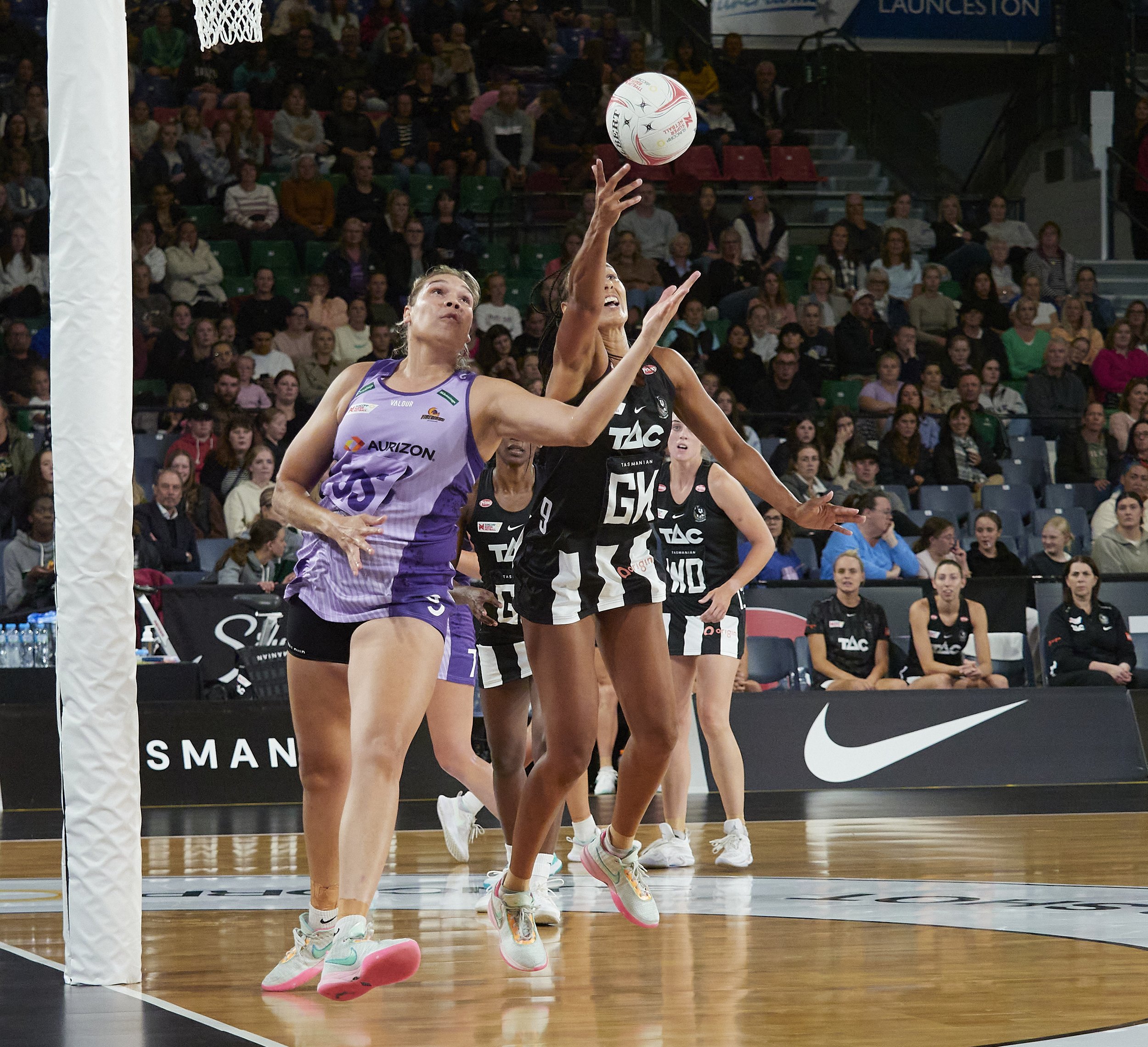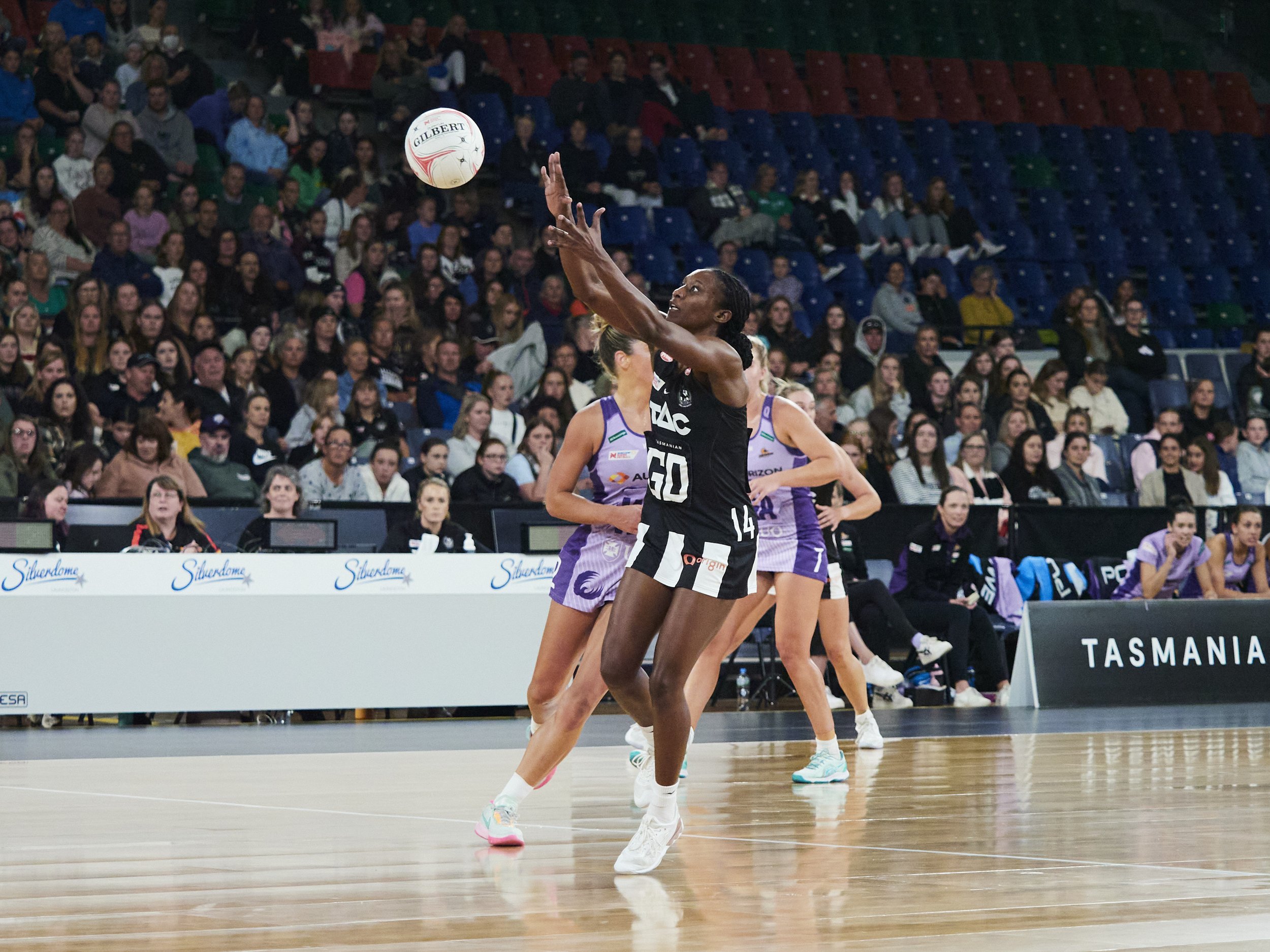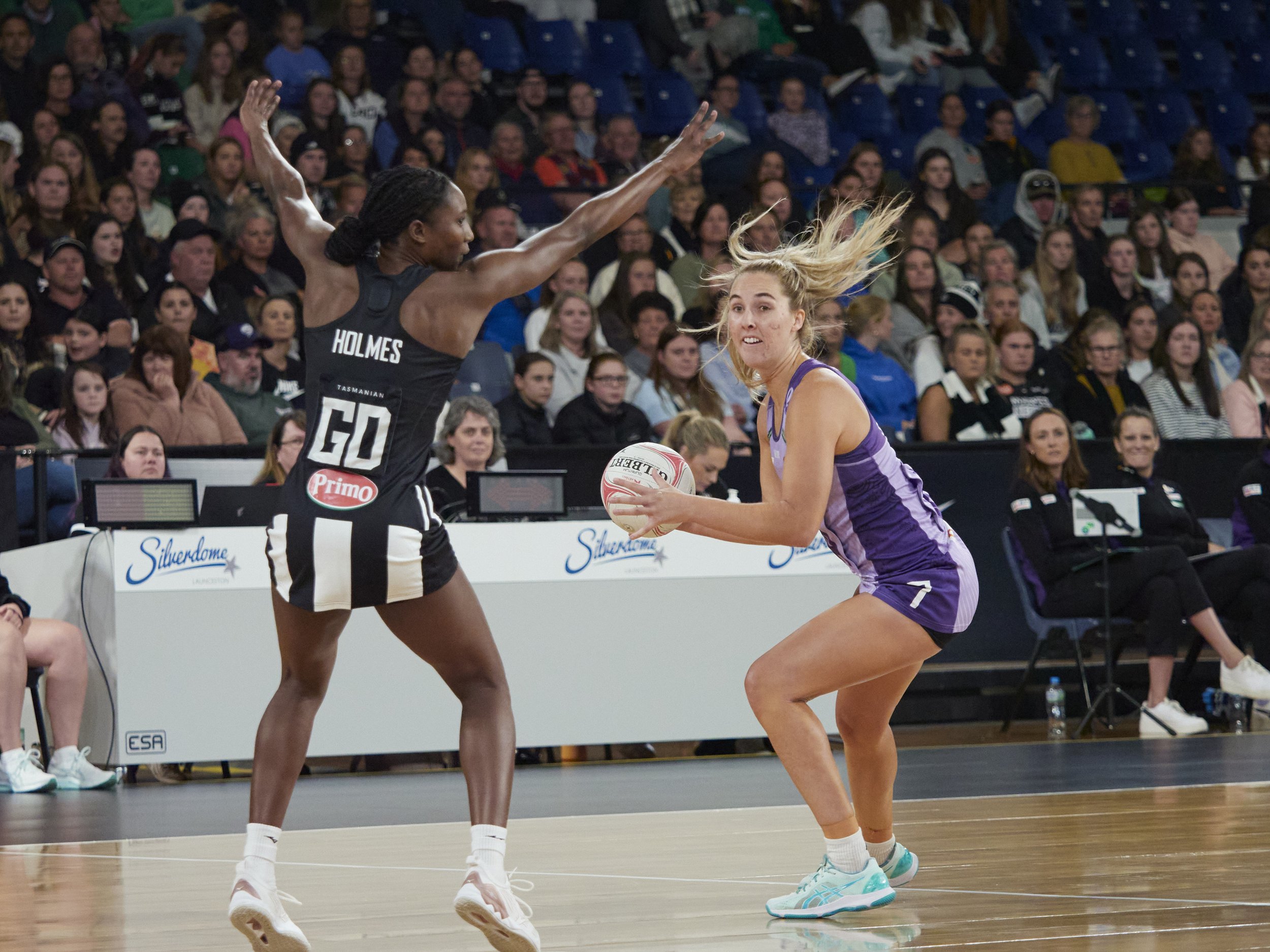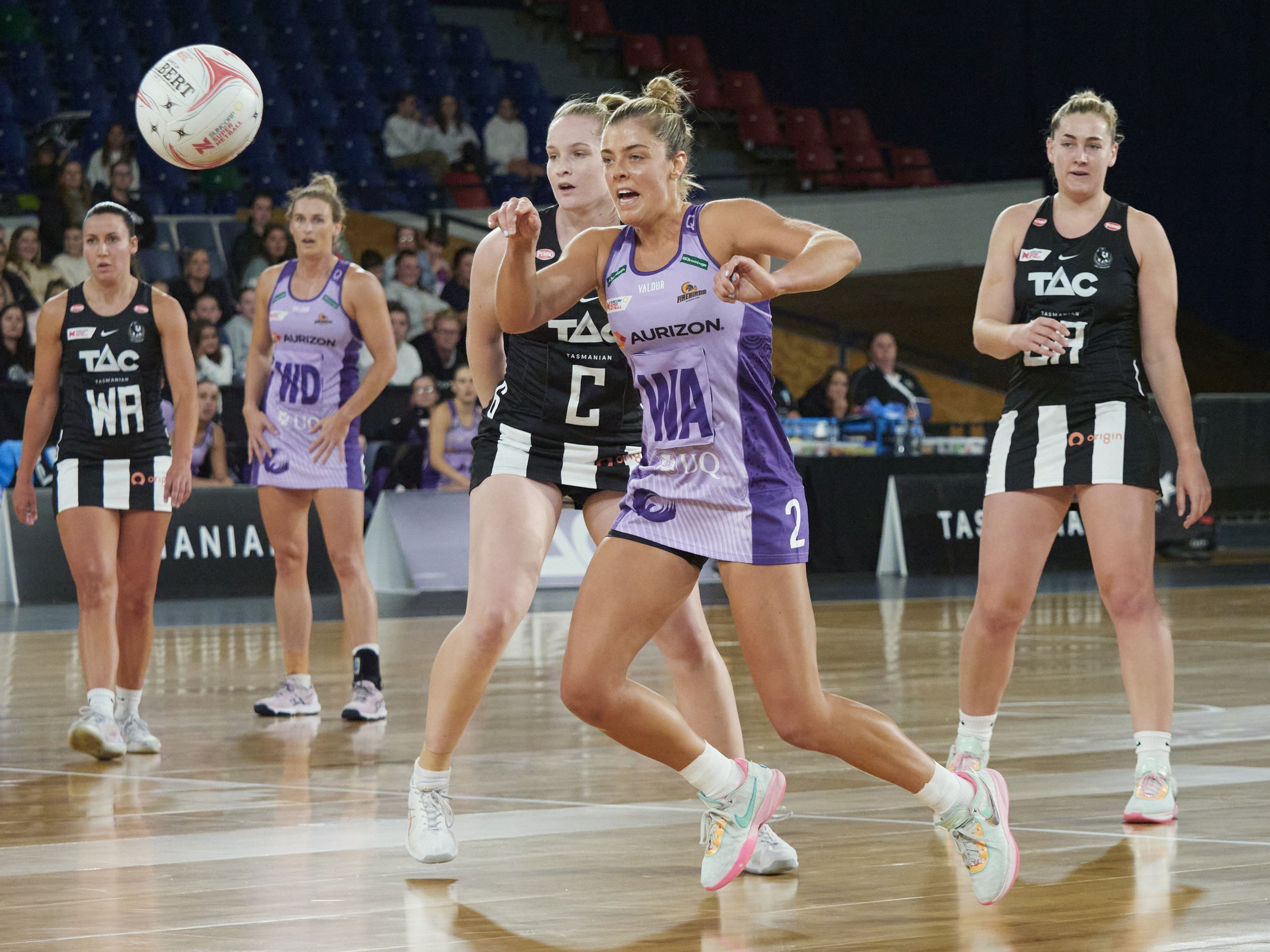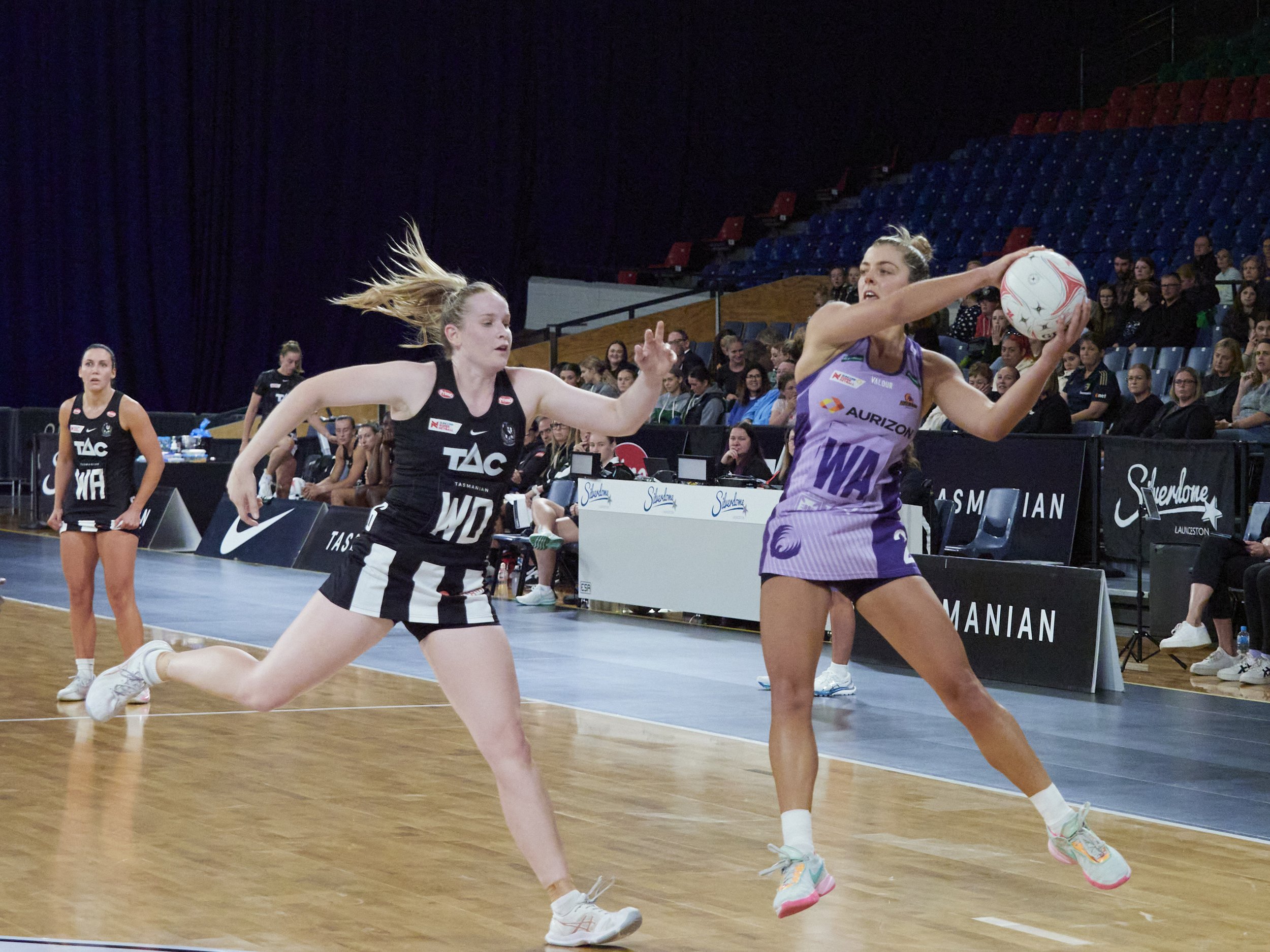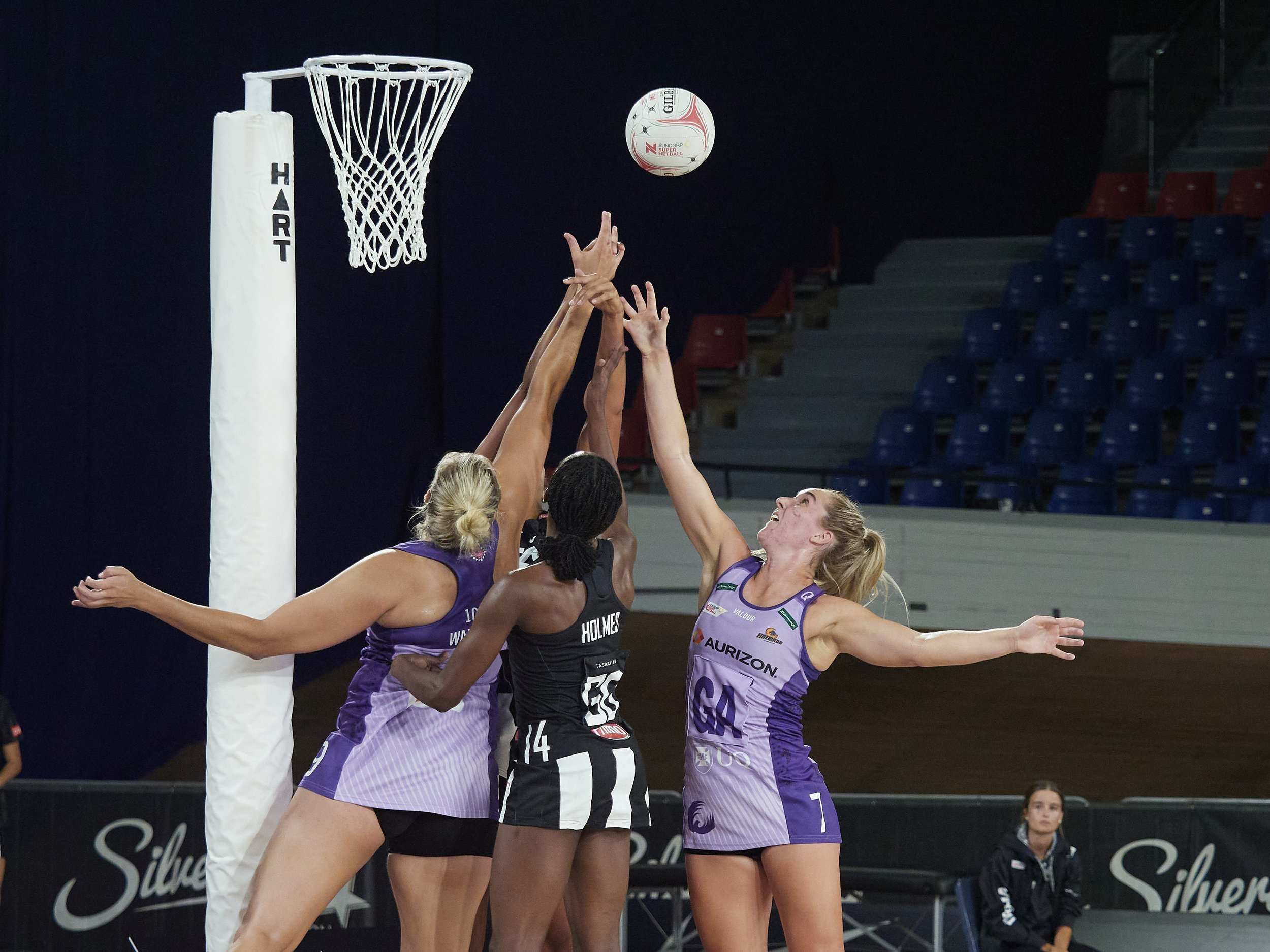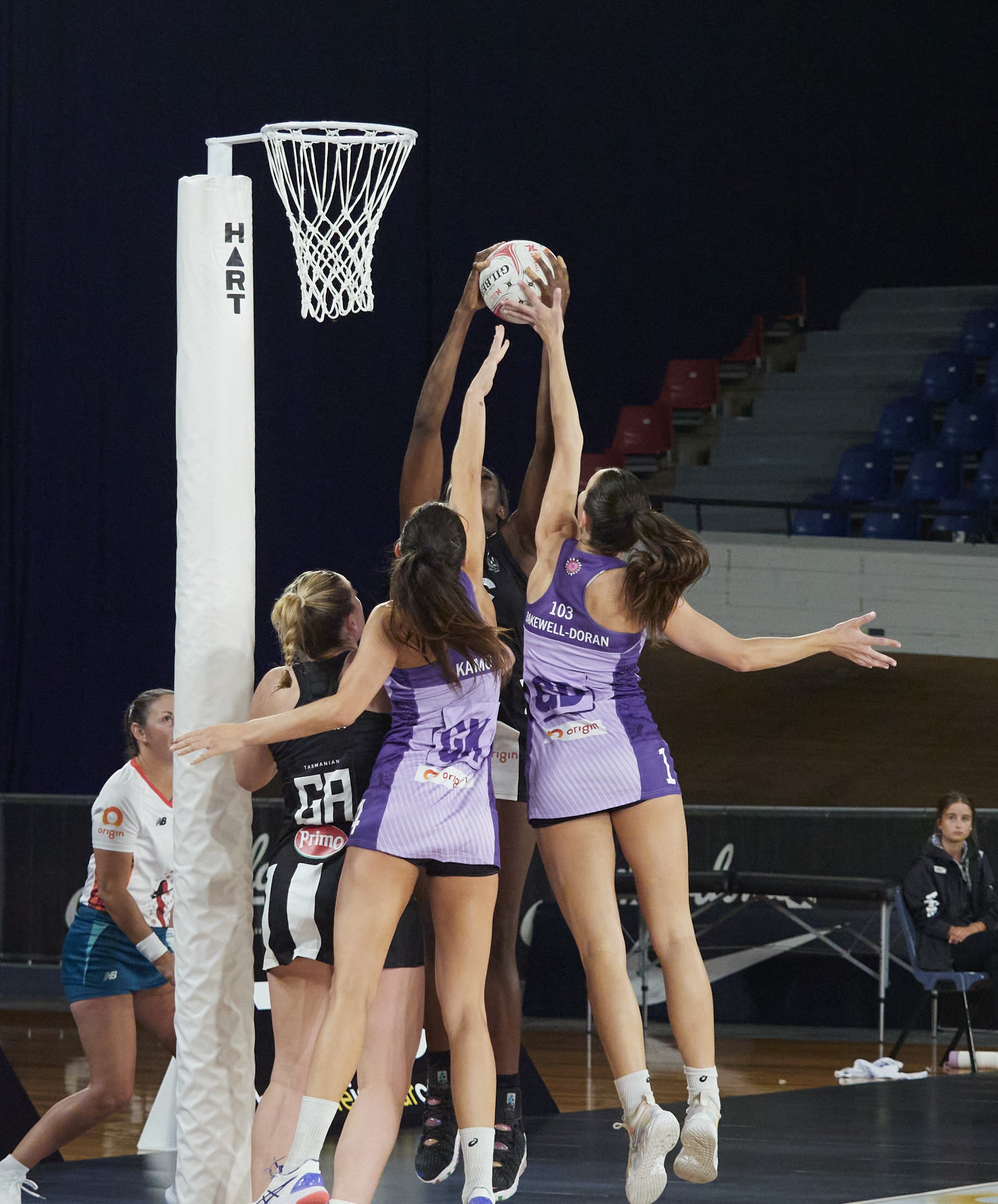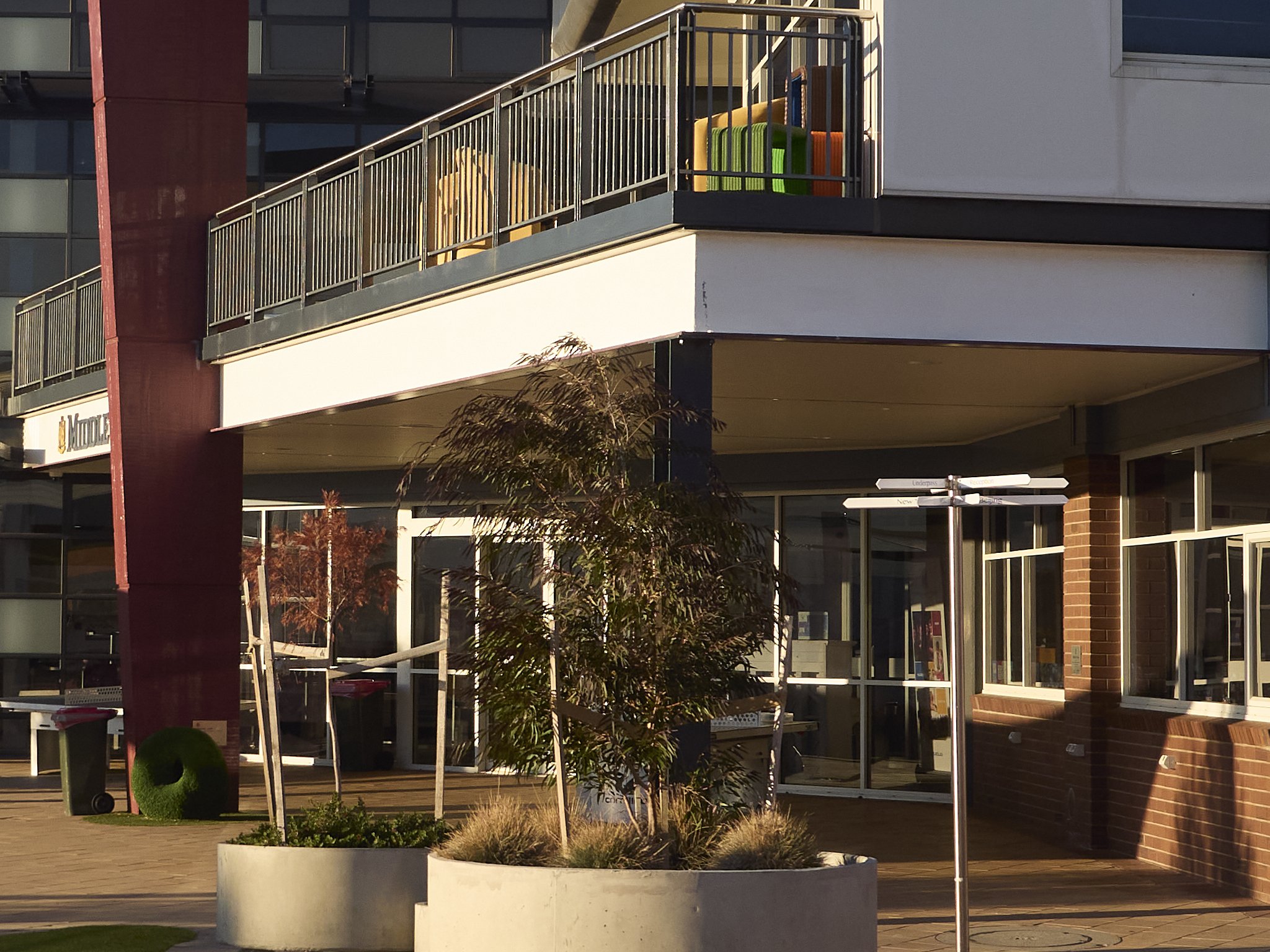I have been doing this a long time and one of the things you have to be wary of is shutting out other opinions.
I have gone through this space several times, so you tend to take the teachings of others with a grain of salt, because you actually have heard much of it before and your “on trend” radar is hyper sensitive.
Trends come and go, the basics stay firm, which tends to allow an attitude of “nothing you have to say will change what I know”.
James Popsys is a photographer who’s work resonates with me in much the same way Michael Kenna’s did many years ago. Kenna works in black and white using strong tones and clean compositions, Popsys works in modern colour, but their basic principals are similar.
Hero the subject with clean simplicity of compositions and/or colours.
Something Popsys does that was a real alarm bell to me, is avoid the modern reflex of lifting or bringing up shadows and pulling back or “recovering” the highlights. He does this because he wants to hero the subject. The important elements not the image as a whole.
We do this regularly with depth of field, so why not with exposure?
I said modern reflex above, because basically in the film and early digital era, you sucked the lollie you had, which is to say, shadows were shadows, highlight were highlights and you composed and exposed with this in mind.
There was some room to adjust, but it was not habitually (or automatically) applied because it was hard and often not seen as necessary, and then it was only really in the mono darkroom. The thing is, even in the darkroom we showed restraint and used negative space regularly.
Some images are all about the sky, but many are not.
I remember responding often positively to “high key” mono images, images that often had large areas of near white in them. They were clean and brilliant and the few black or nearly black tones “popped” out of the image. You could make an element more powerful simply by dropping the others back.
Lighter or darker? Lighter would add an element of composition. It would allow the roof line to jump out and maybe even a little lighter. Darker is the reflex, but aren’t we over moody skies and heavy vignetting?
There was one specific case where Gordon Lewis of Camera and Darkroom magazine processed an image and asked Michael Karman, the subject of his interview, to do the same. Even he preferred the Karman image and it was lighter, brighter.
The Karman image on the right.
I was told a long time ago that the most common new printer error is printing too dark, something that I have noticed in my own work in digital. I tend to “normalise” the image “balance” it for better or worse. I think this may also be why I occasionally drift back to mono, chasing that clarity of message, but fall short of being as brave as I would like.
This was the sky, but apart from the authenticity of the rendering, the white cloud also bring the main elements to the fore. If i darkenned the sky it would look fake, would rob the main elements of power.
So why the compulsion to balance out an image from highs to lows, to normalise it?
Because we can I guess and like a lot of things in the digital world, killing our old film enemies seems paramount. No noise, no distortion, full dynamic range, every little detail on show are fine, but they rarely add anything artistically to an image.
Don’t be scared of black shadows or white skies. They exist and sometimes suit the image better than anything else.
The image as delivered, sky darkened.
The image closer to as shot, possibly stronger?
So, the message to self and anyone else who may feel the same is question habits, remember positive responses and push back against the norm.




























































